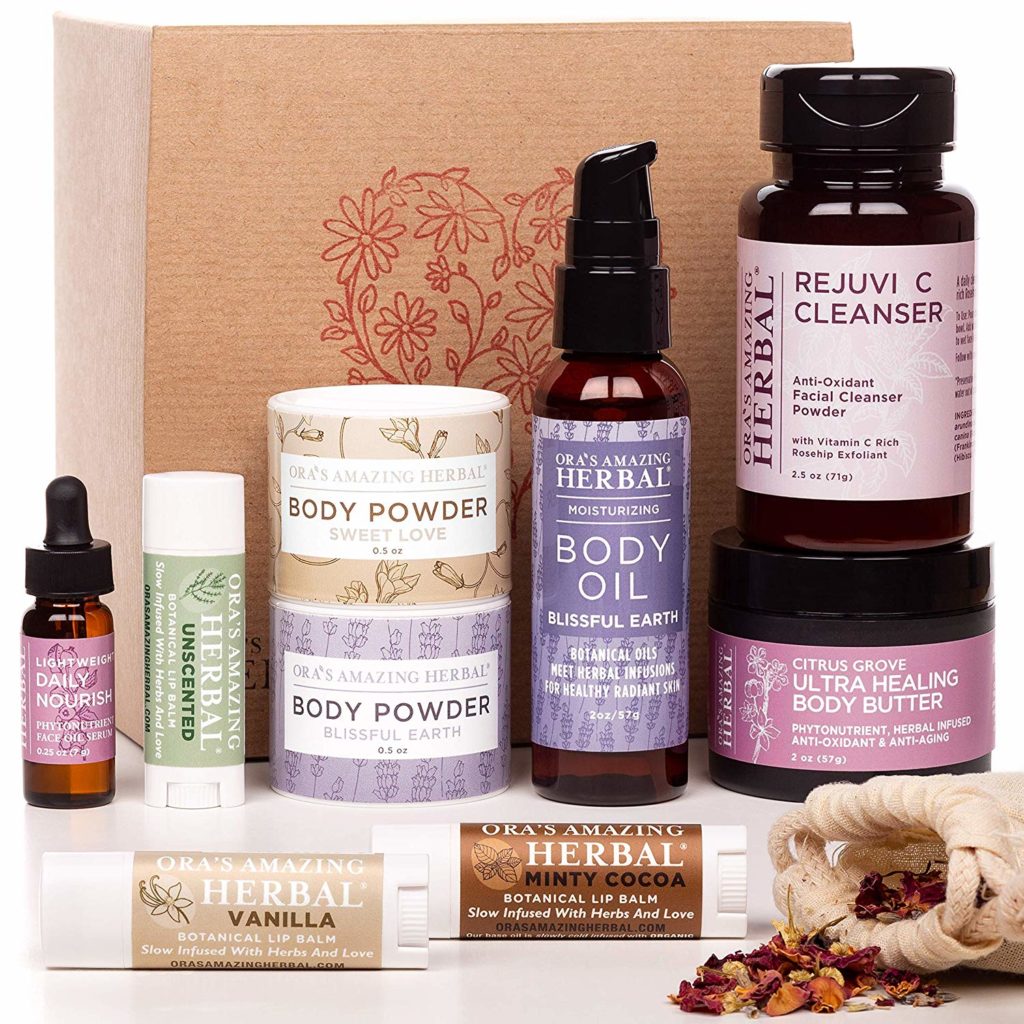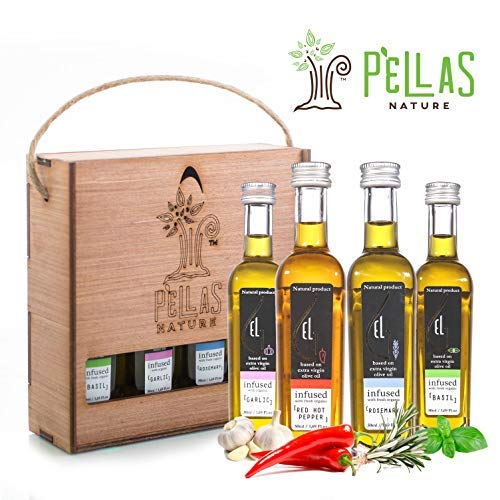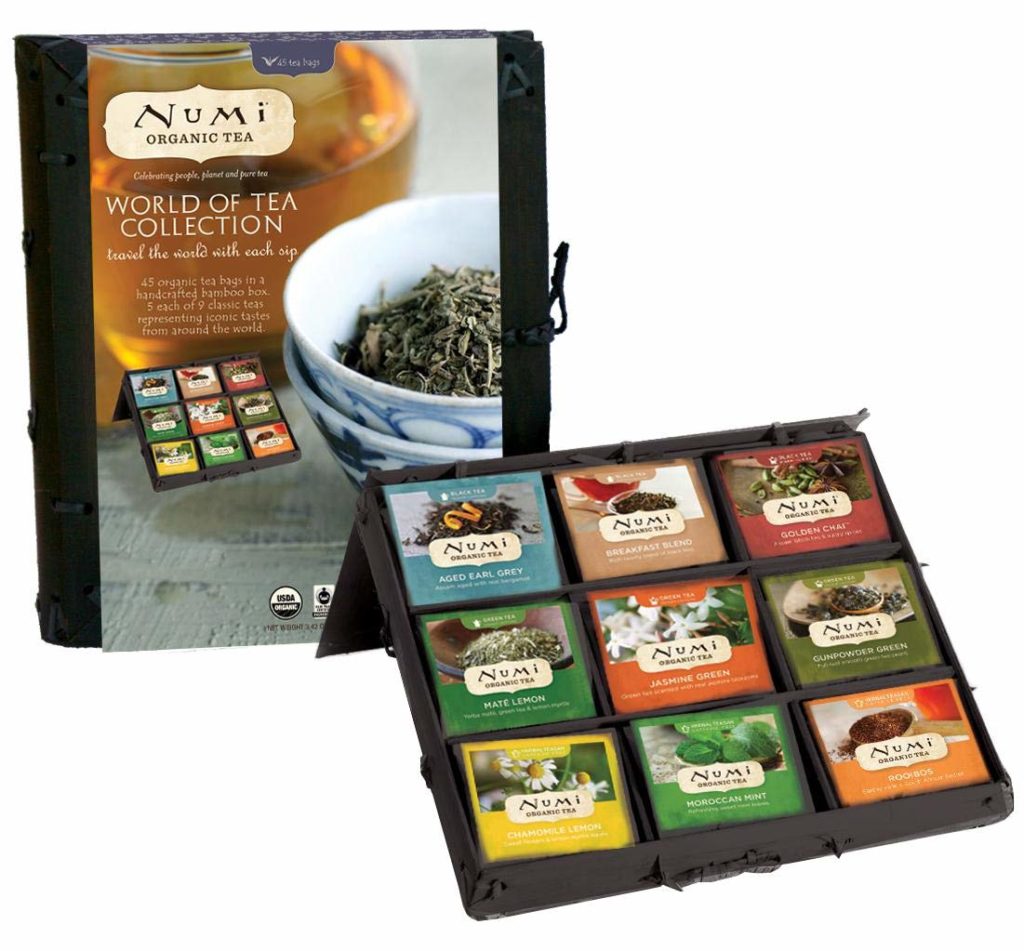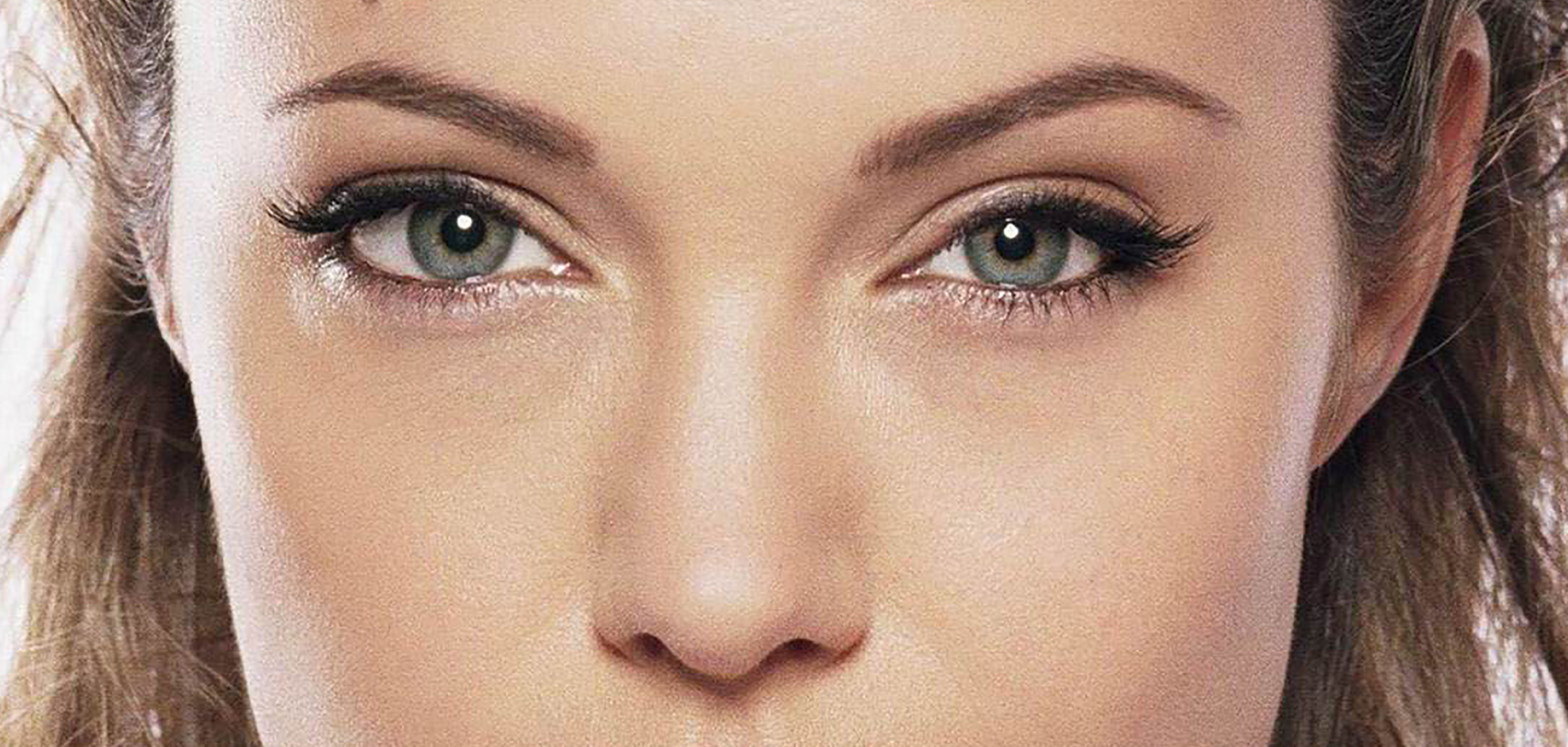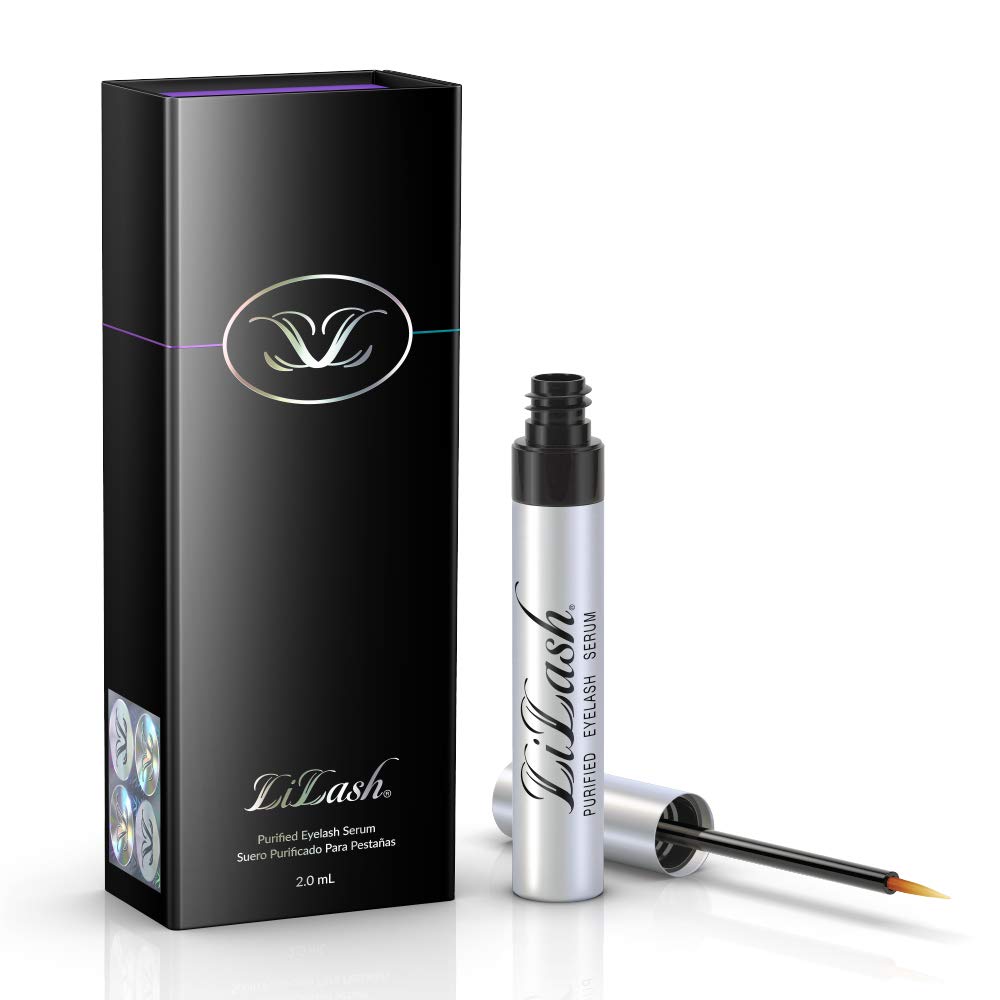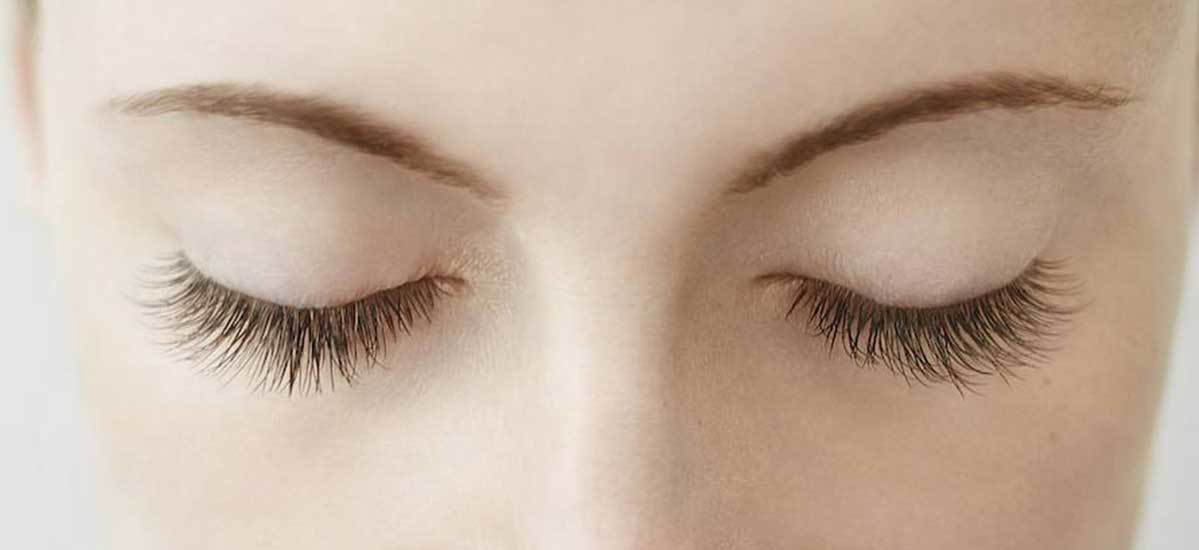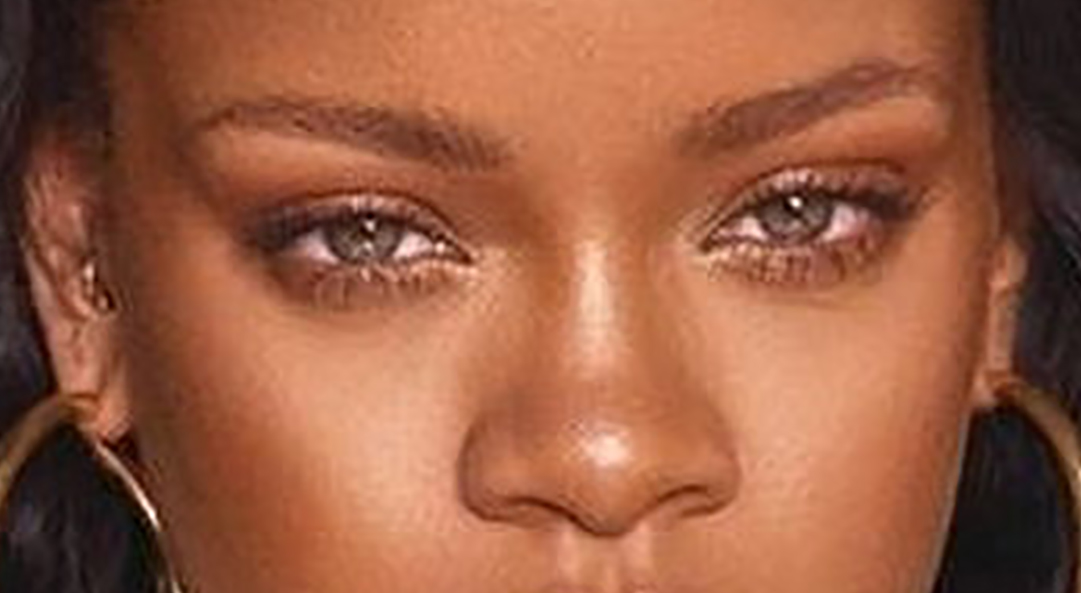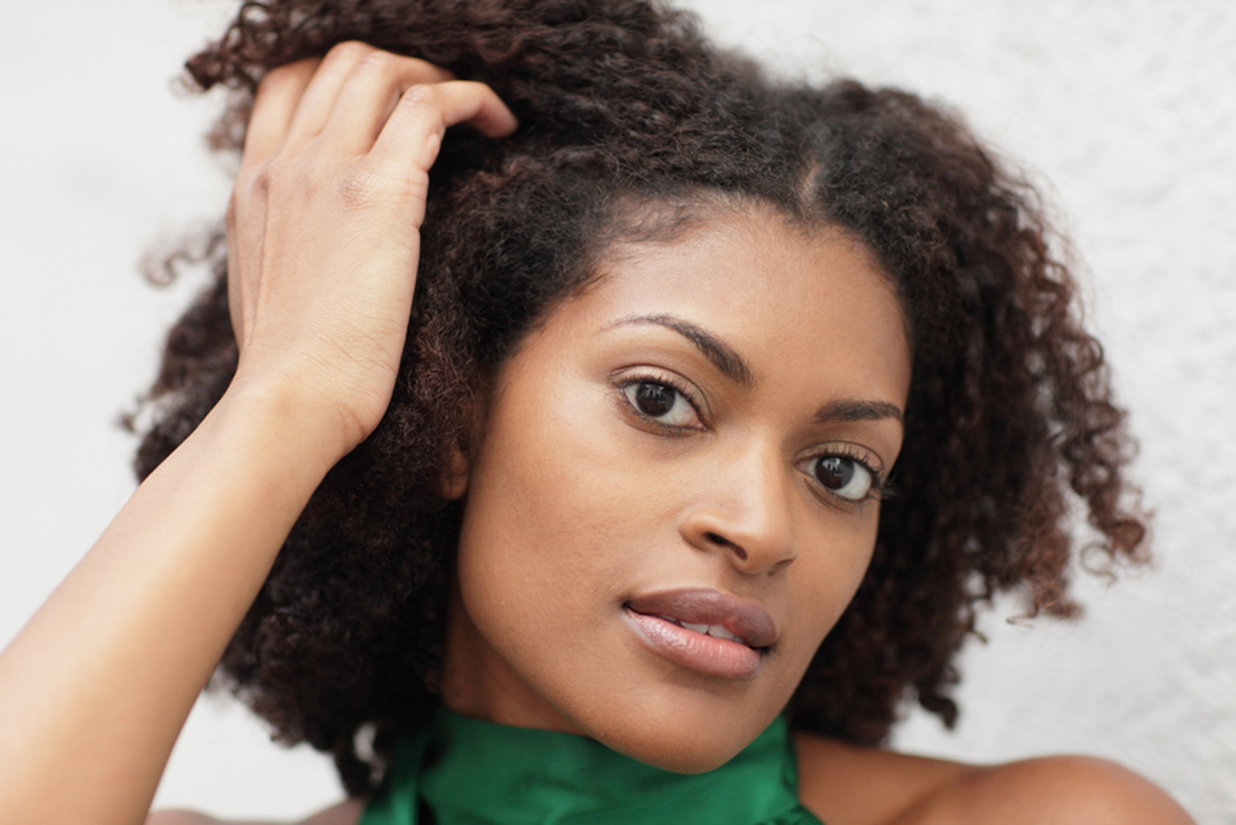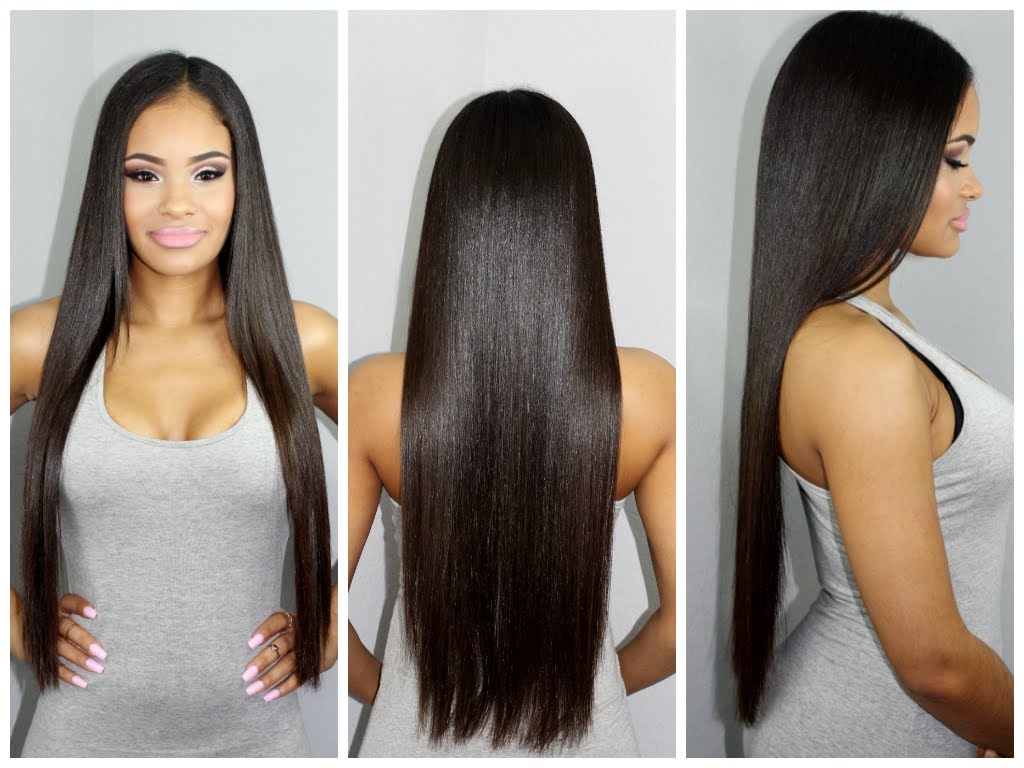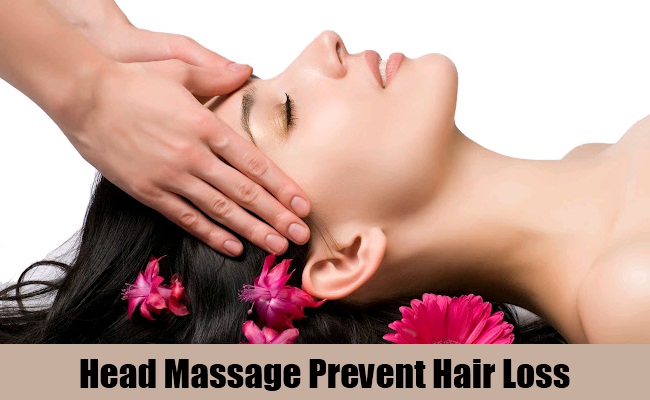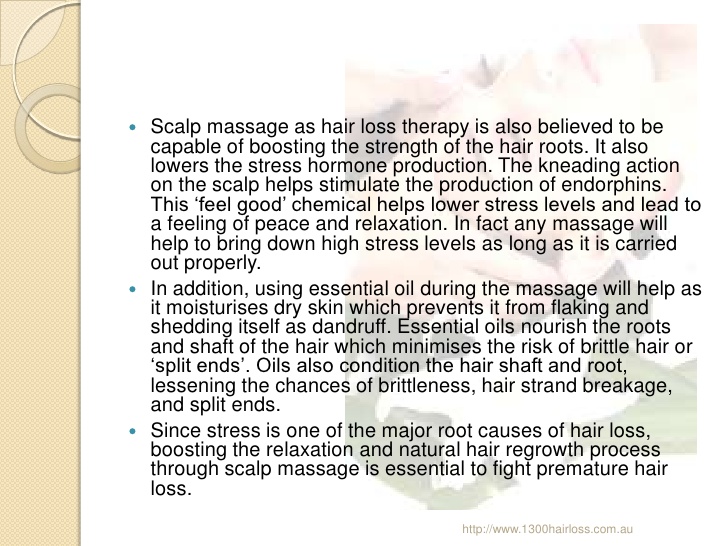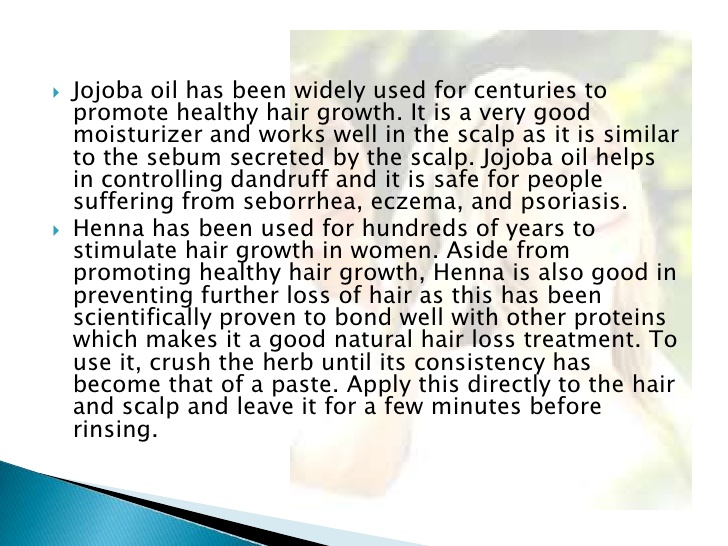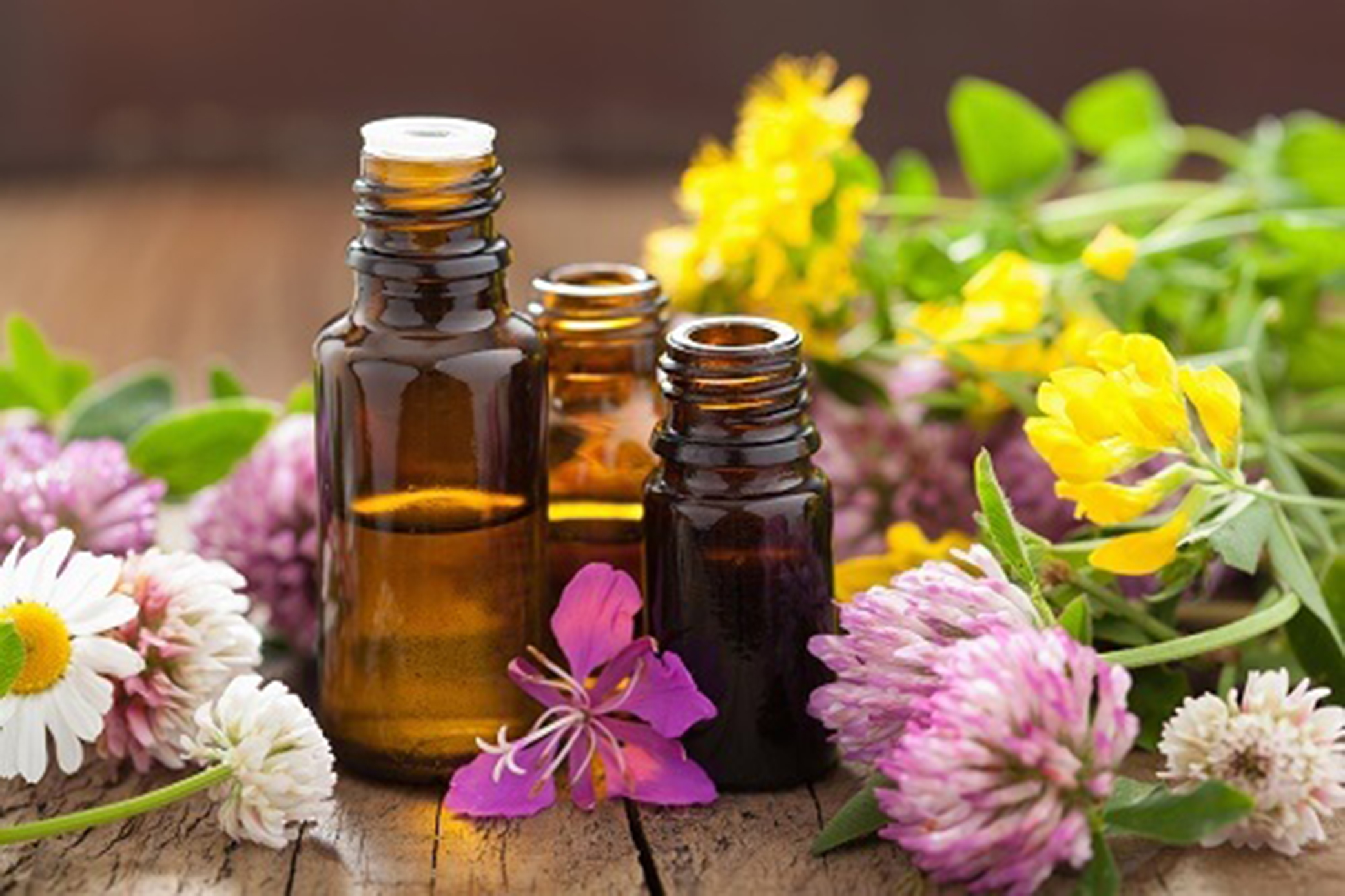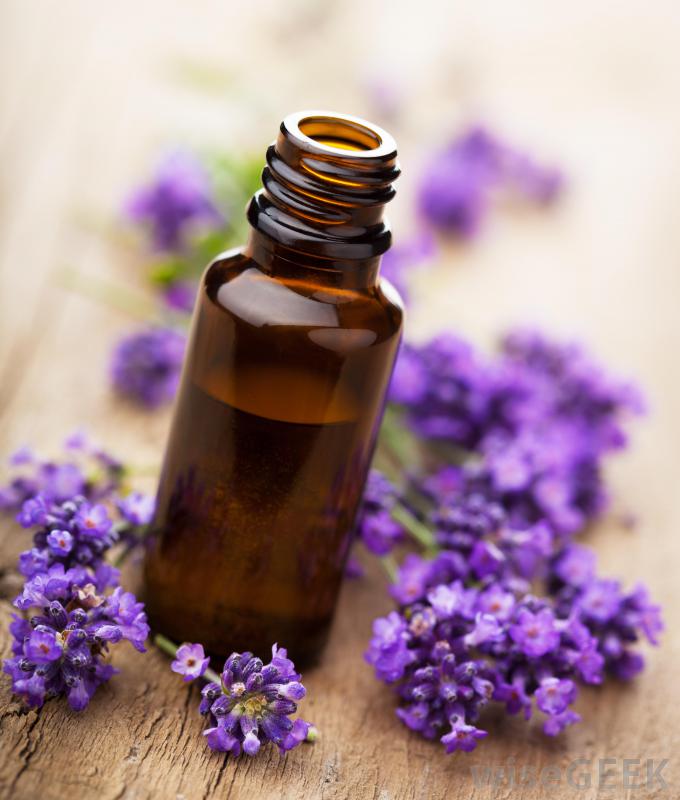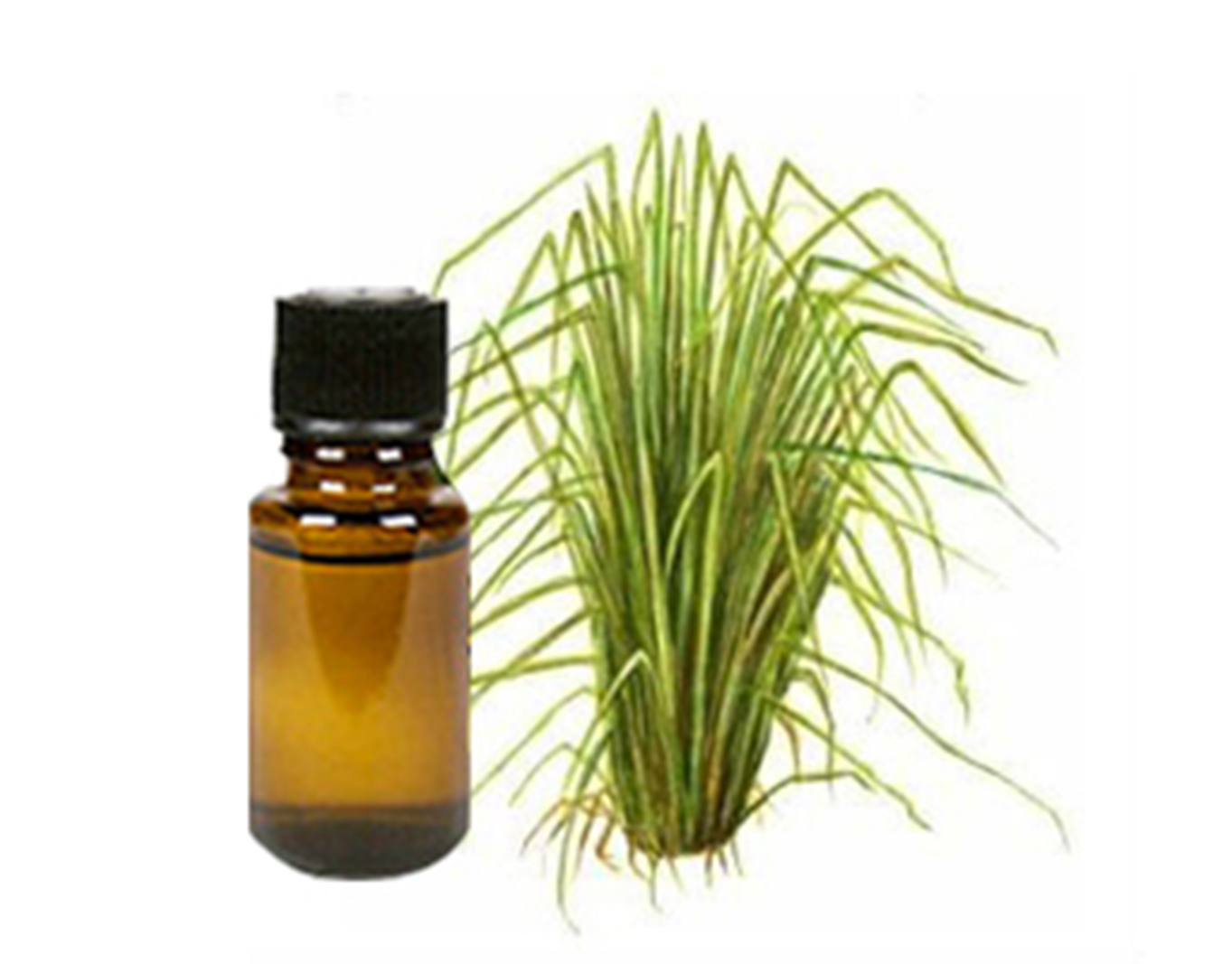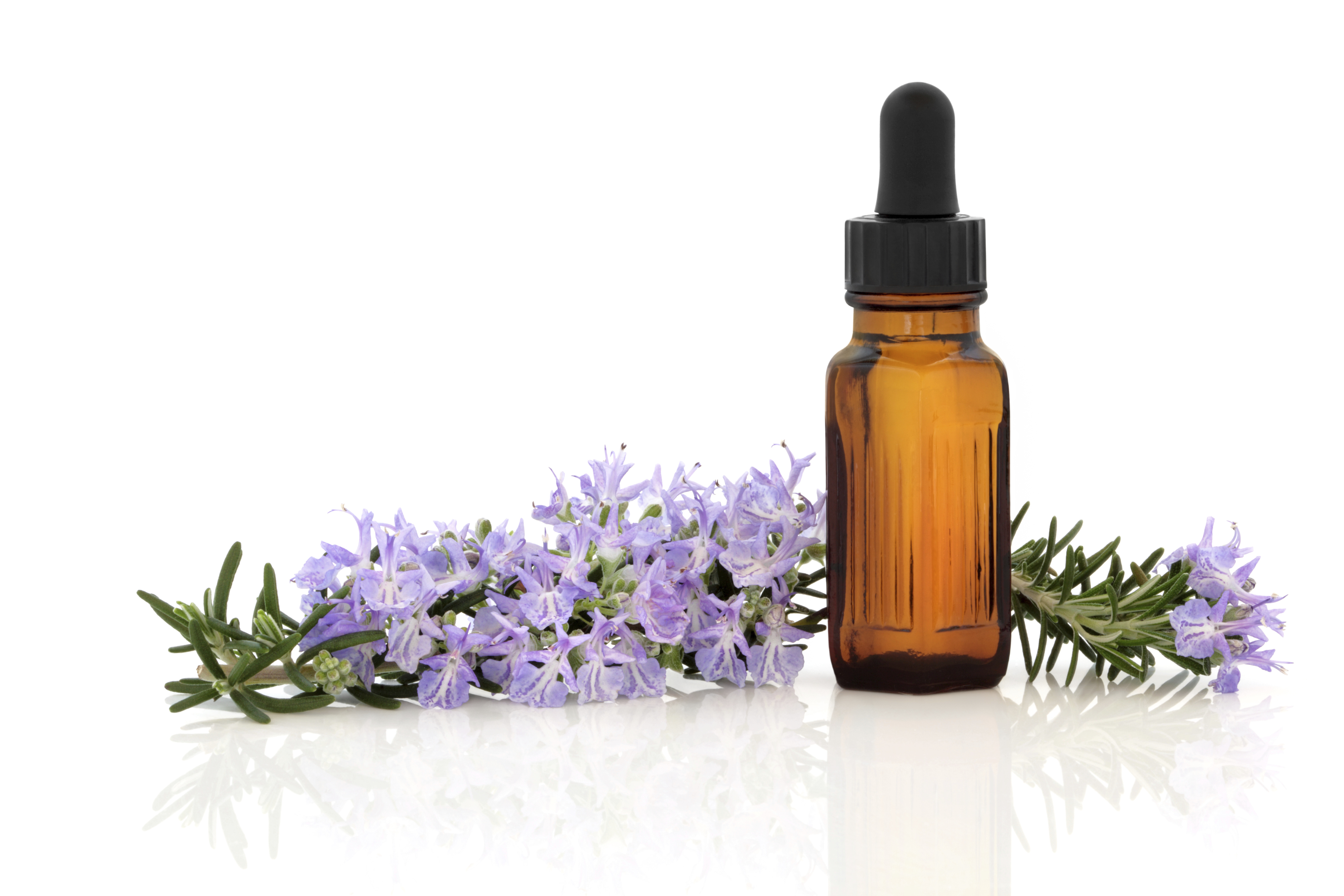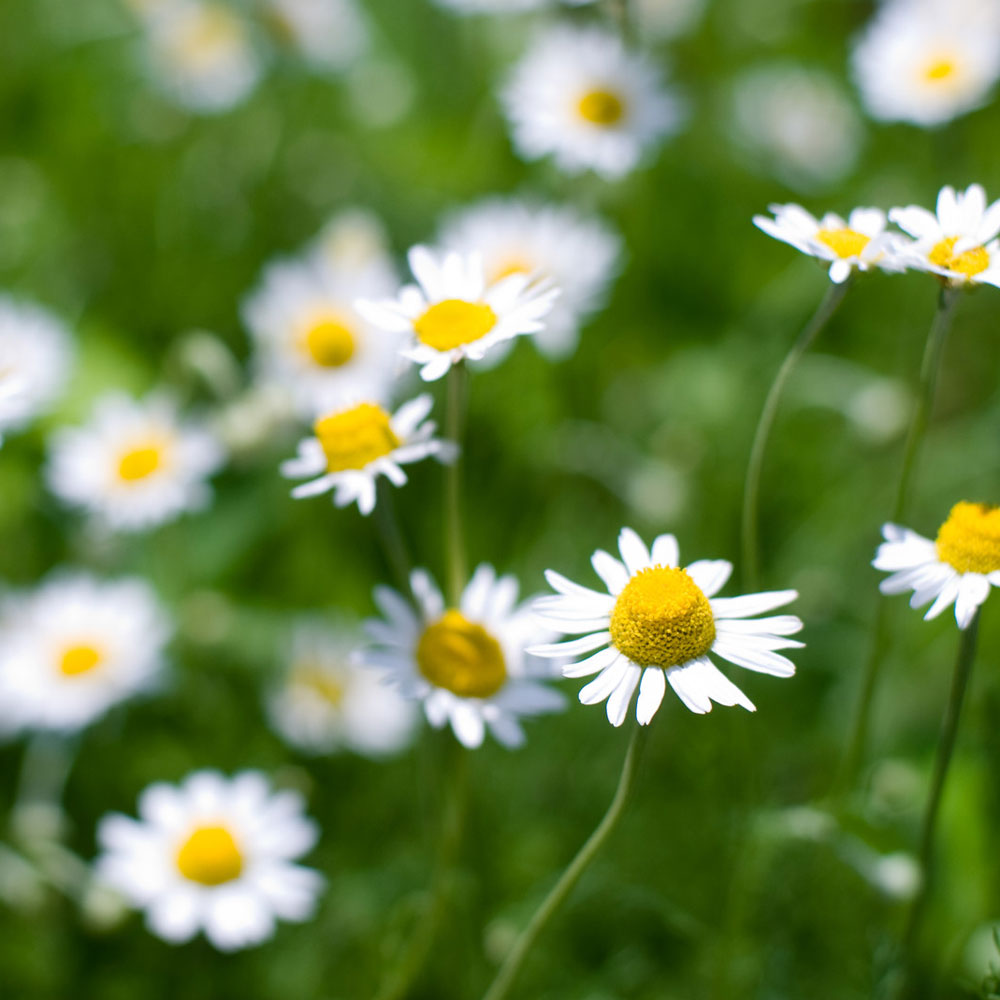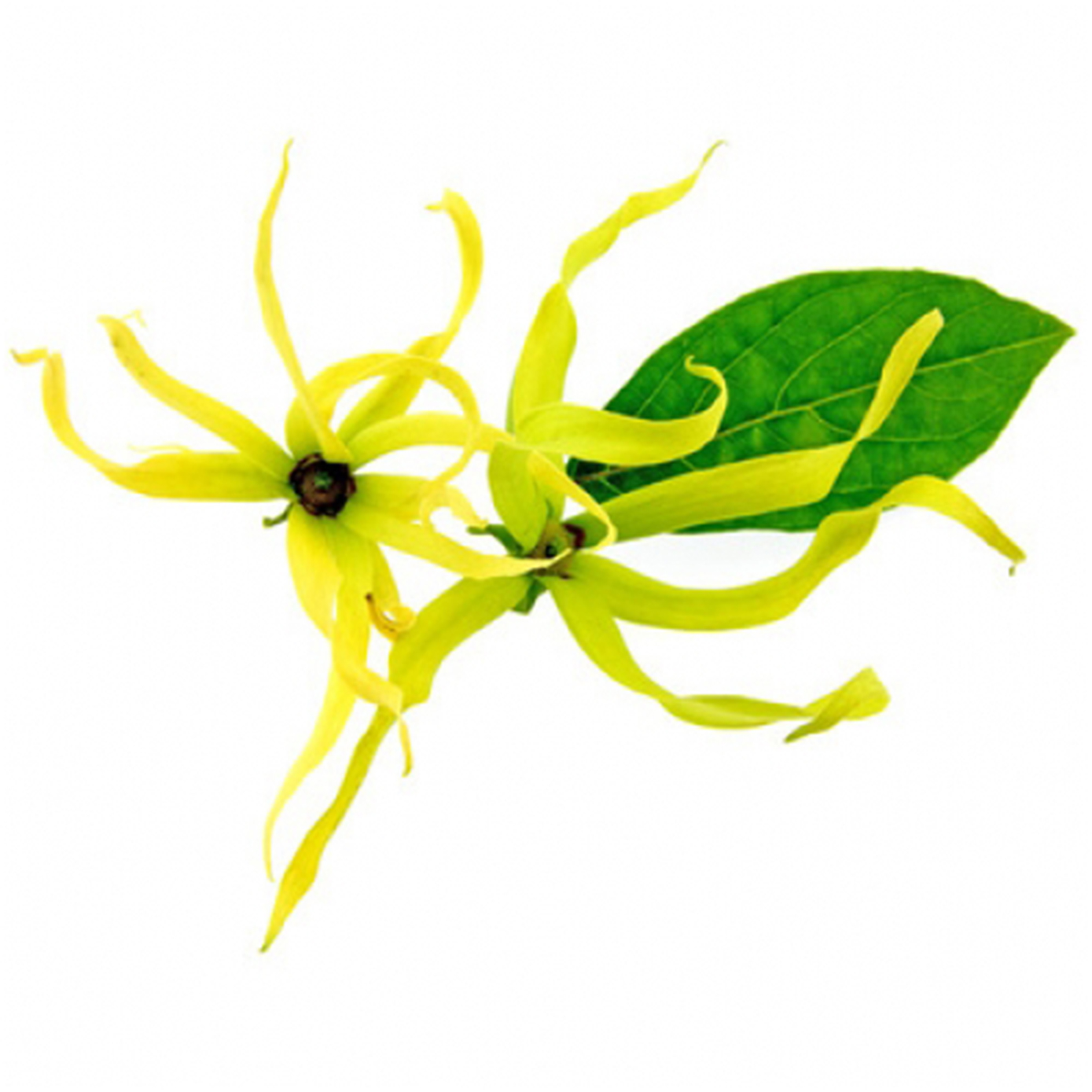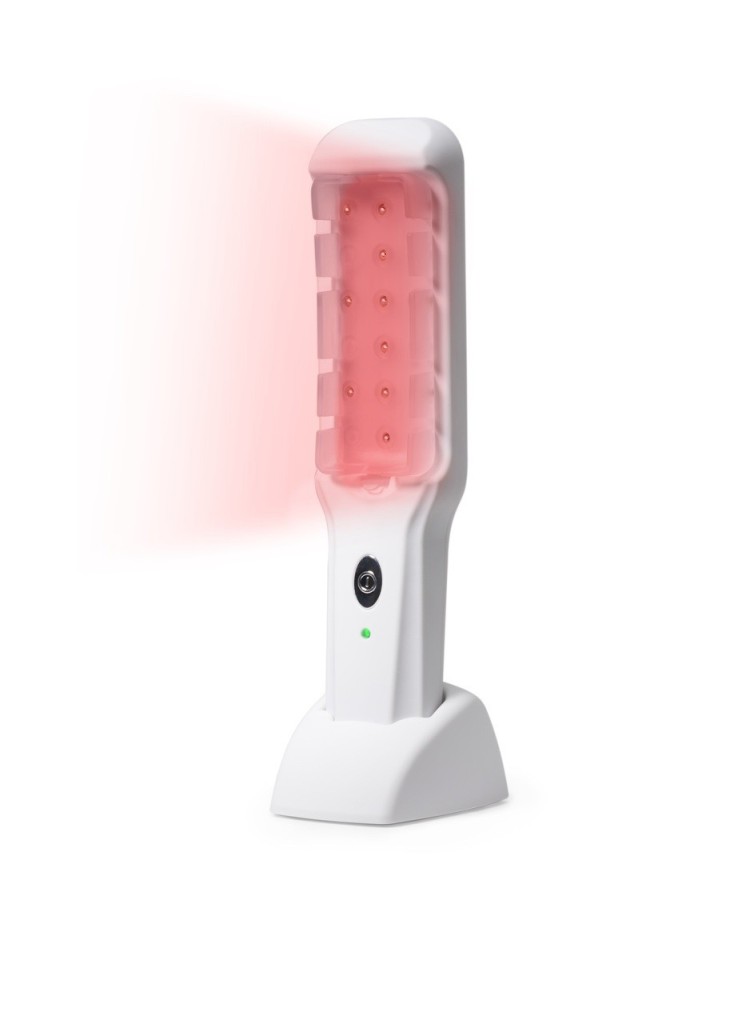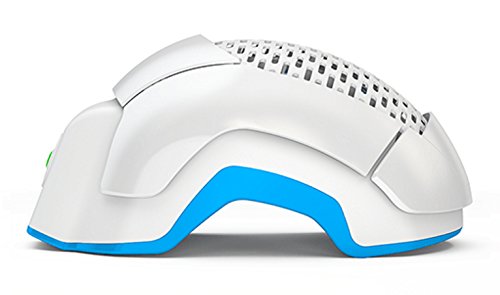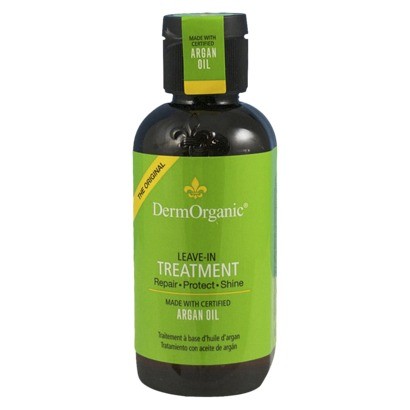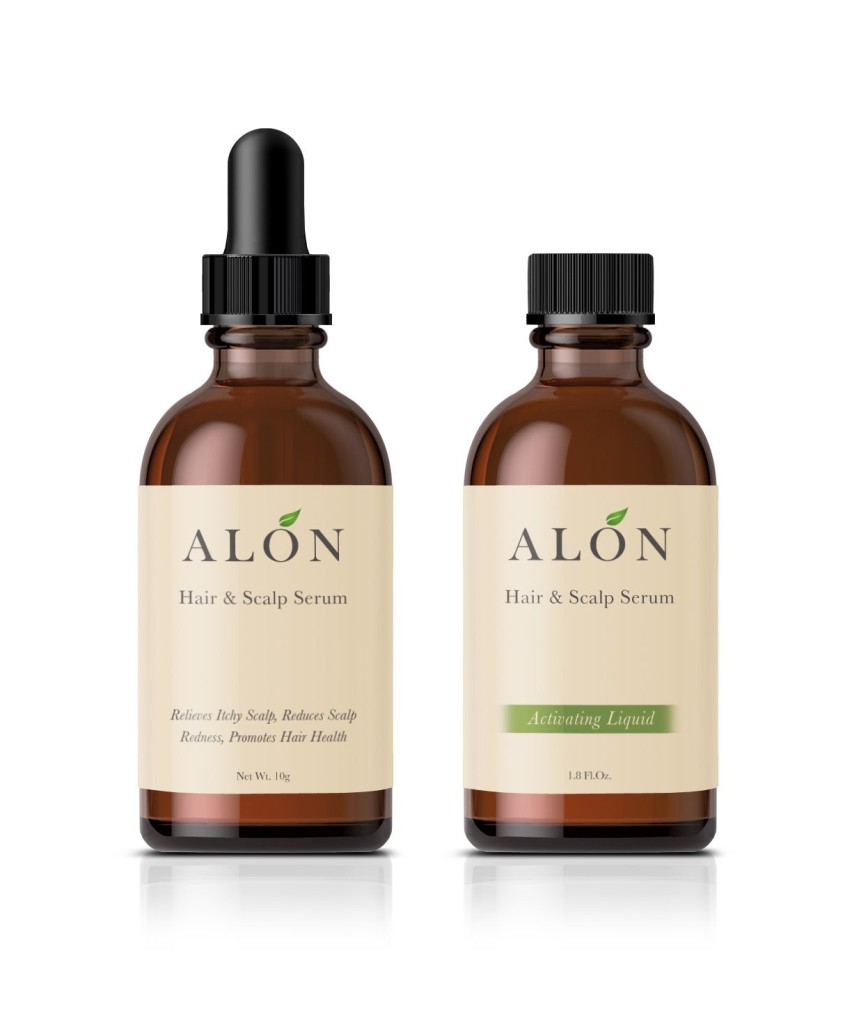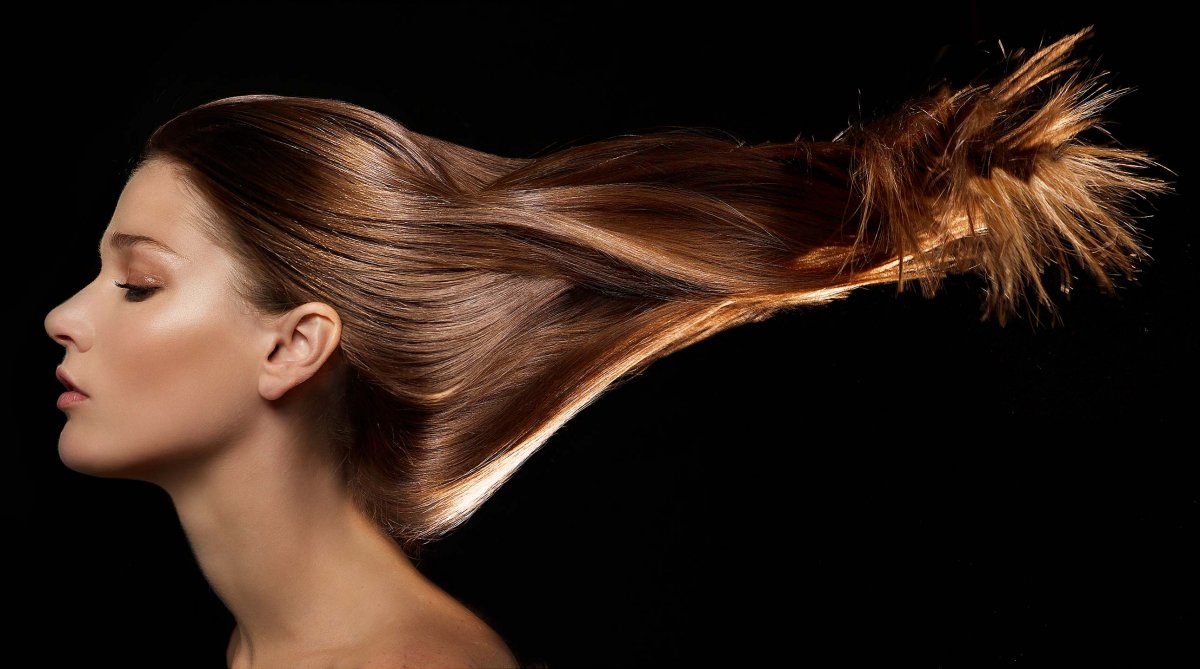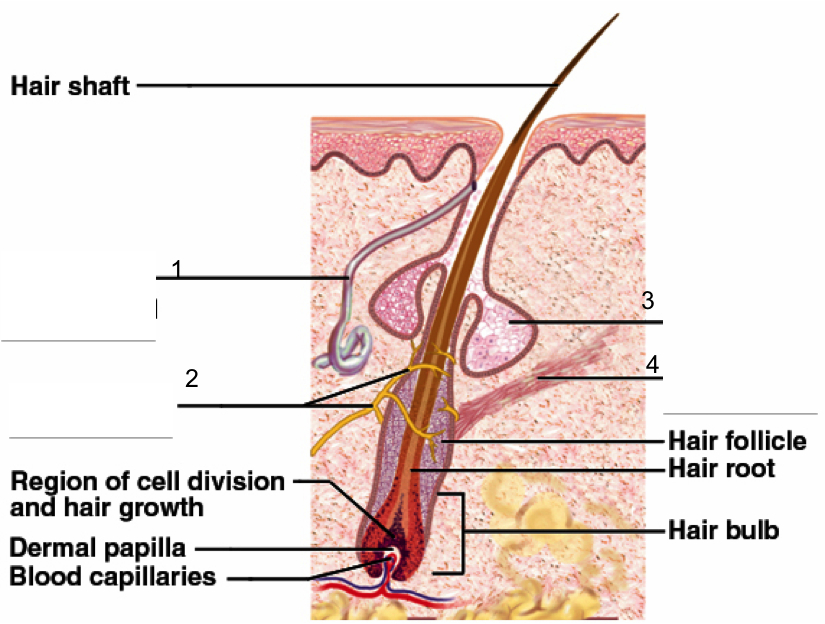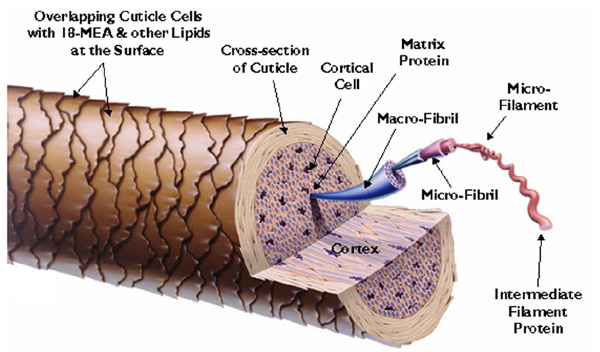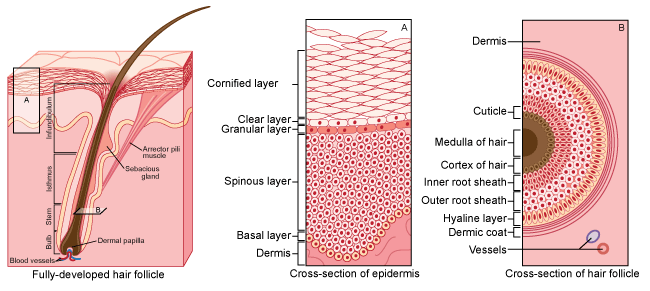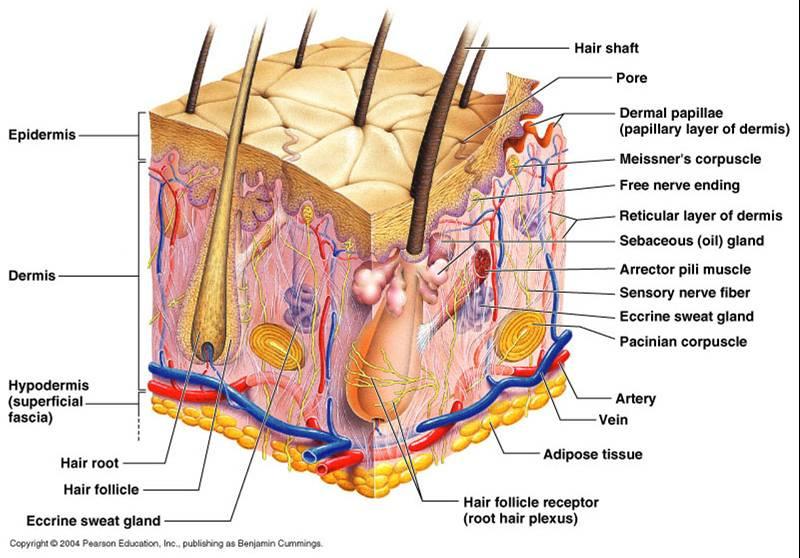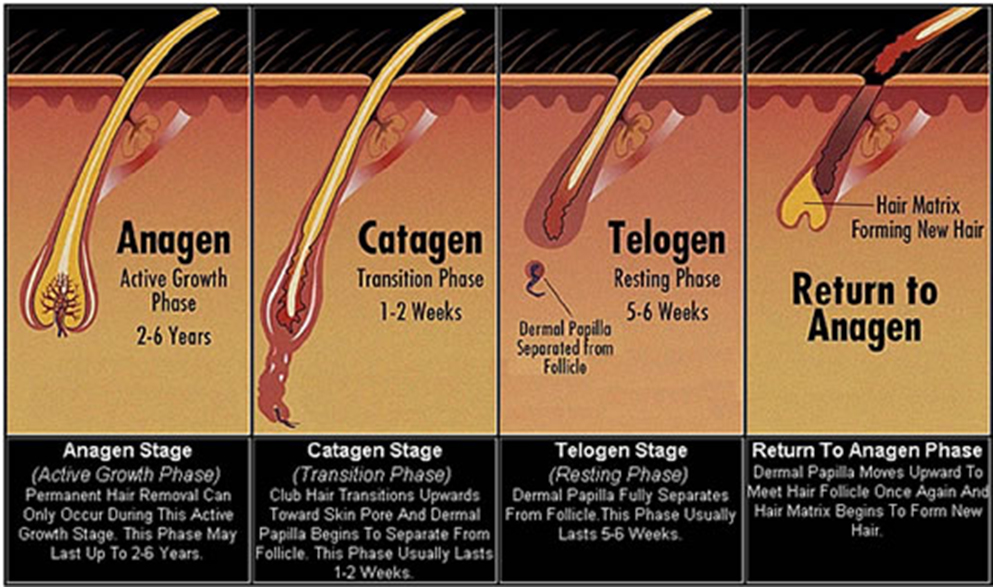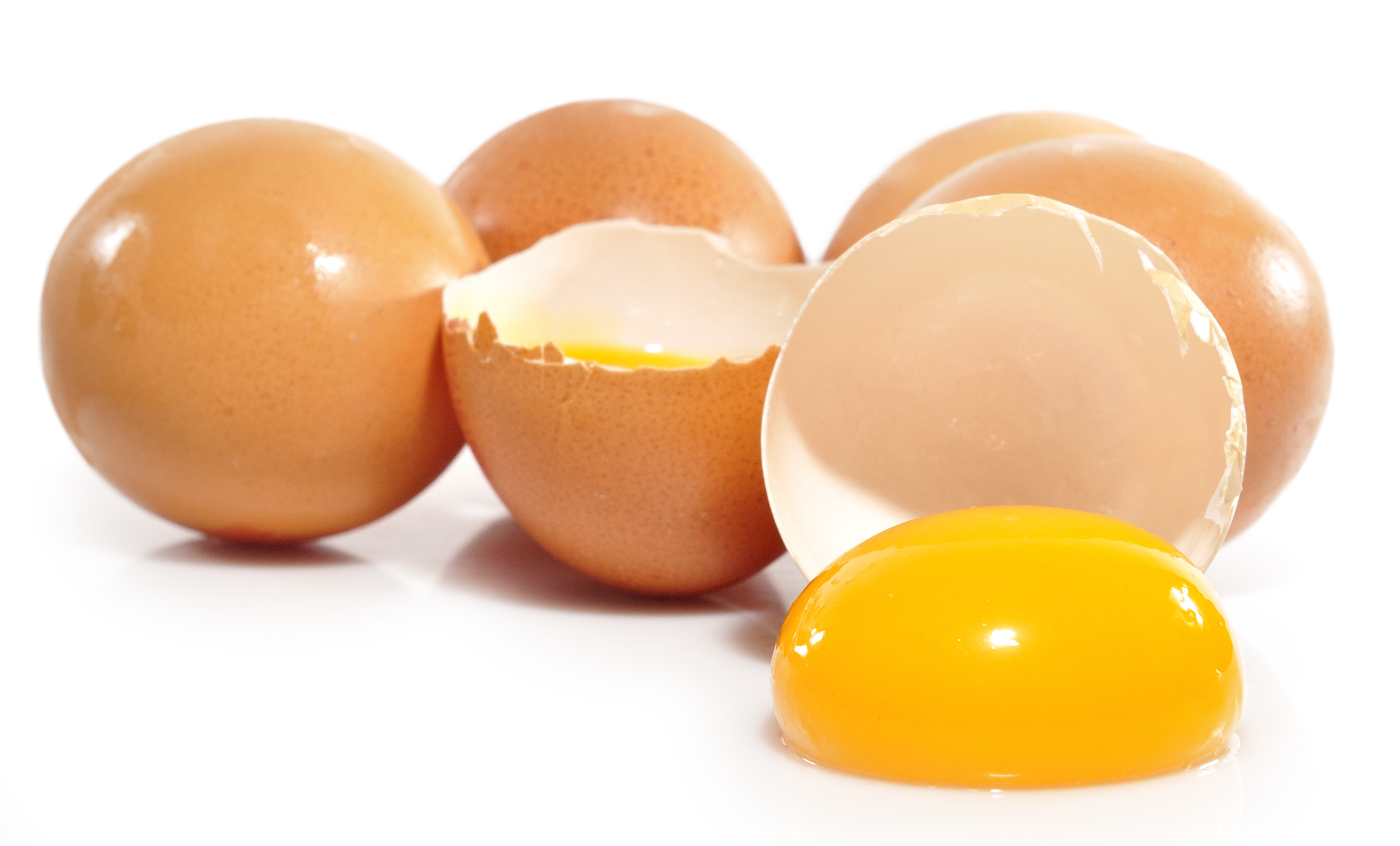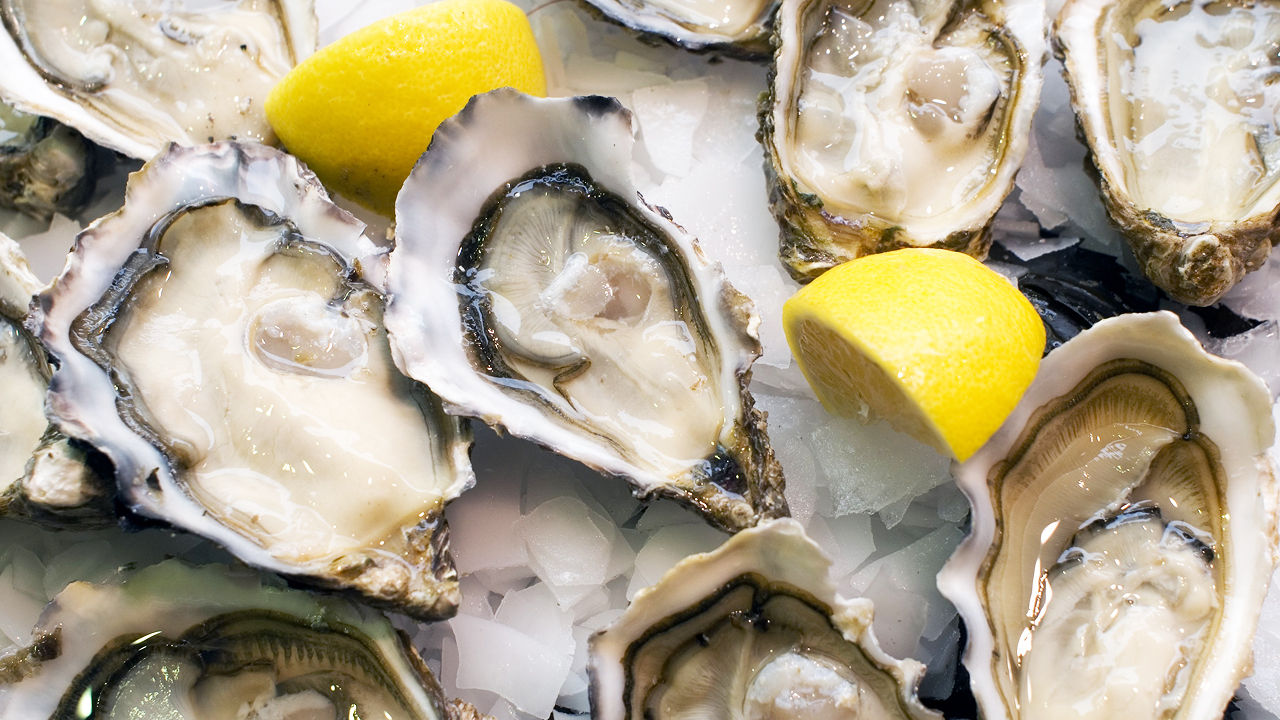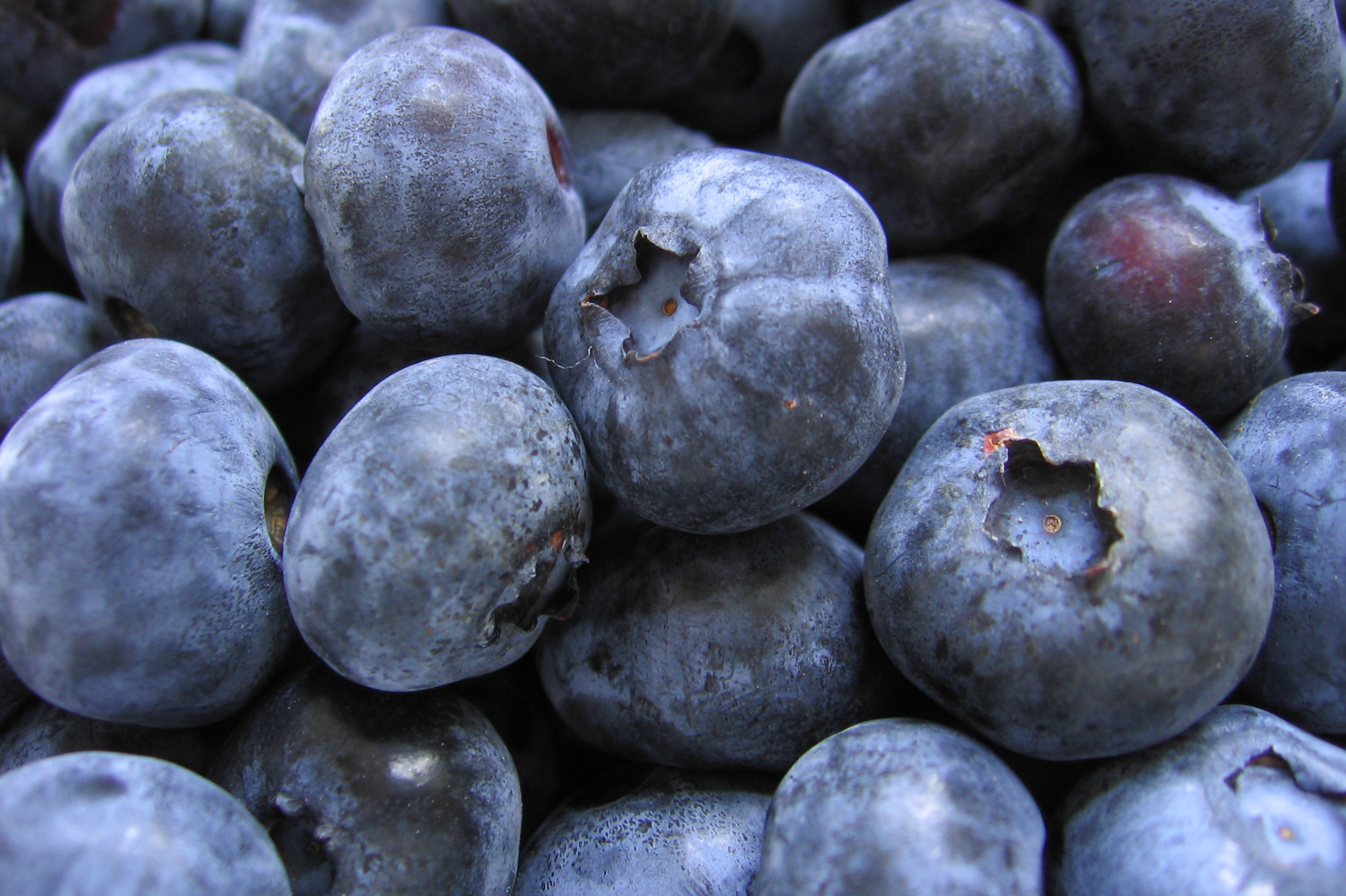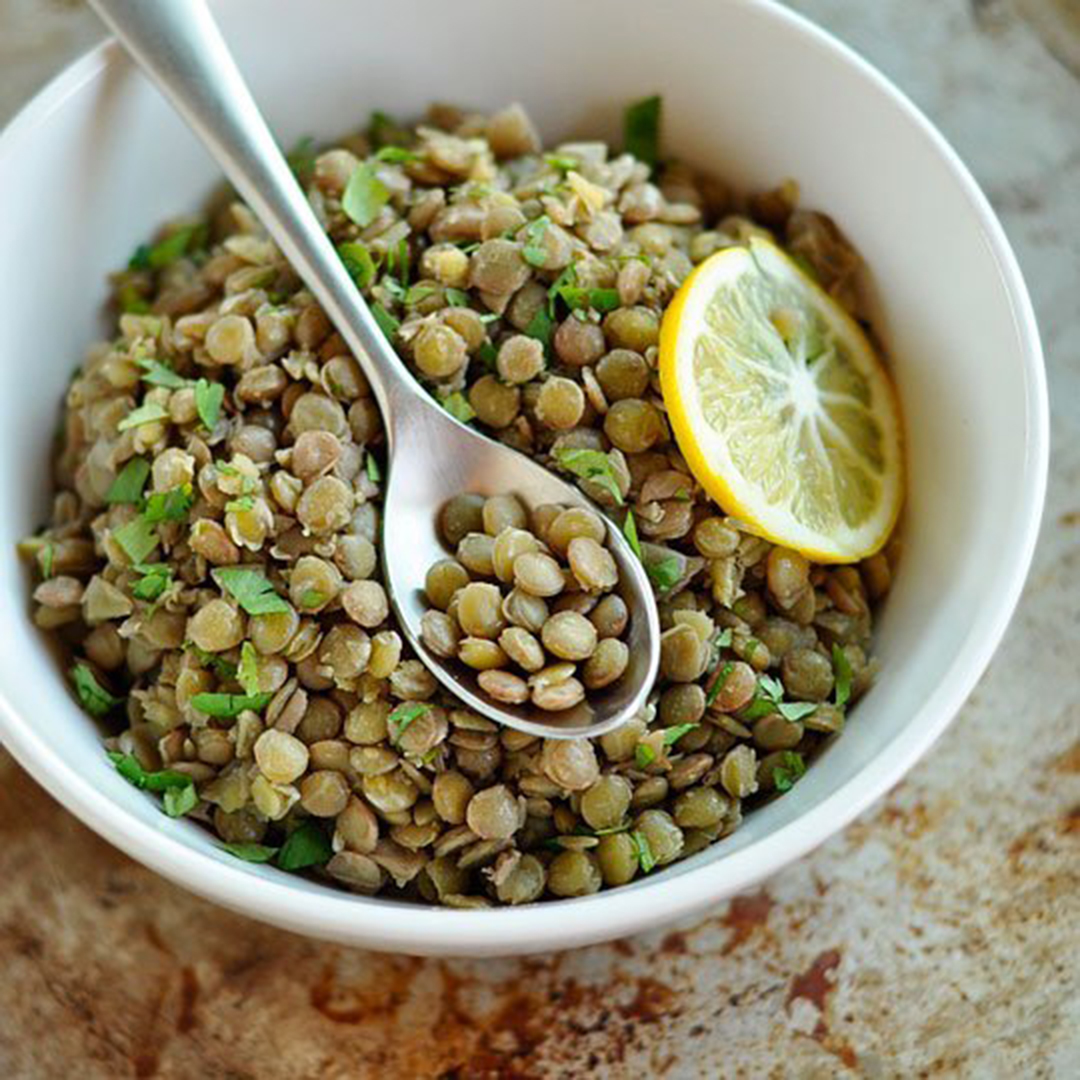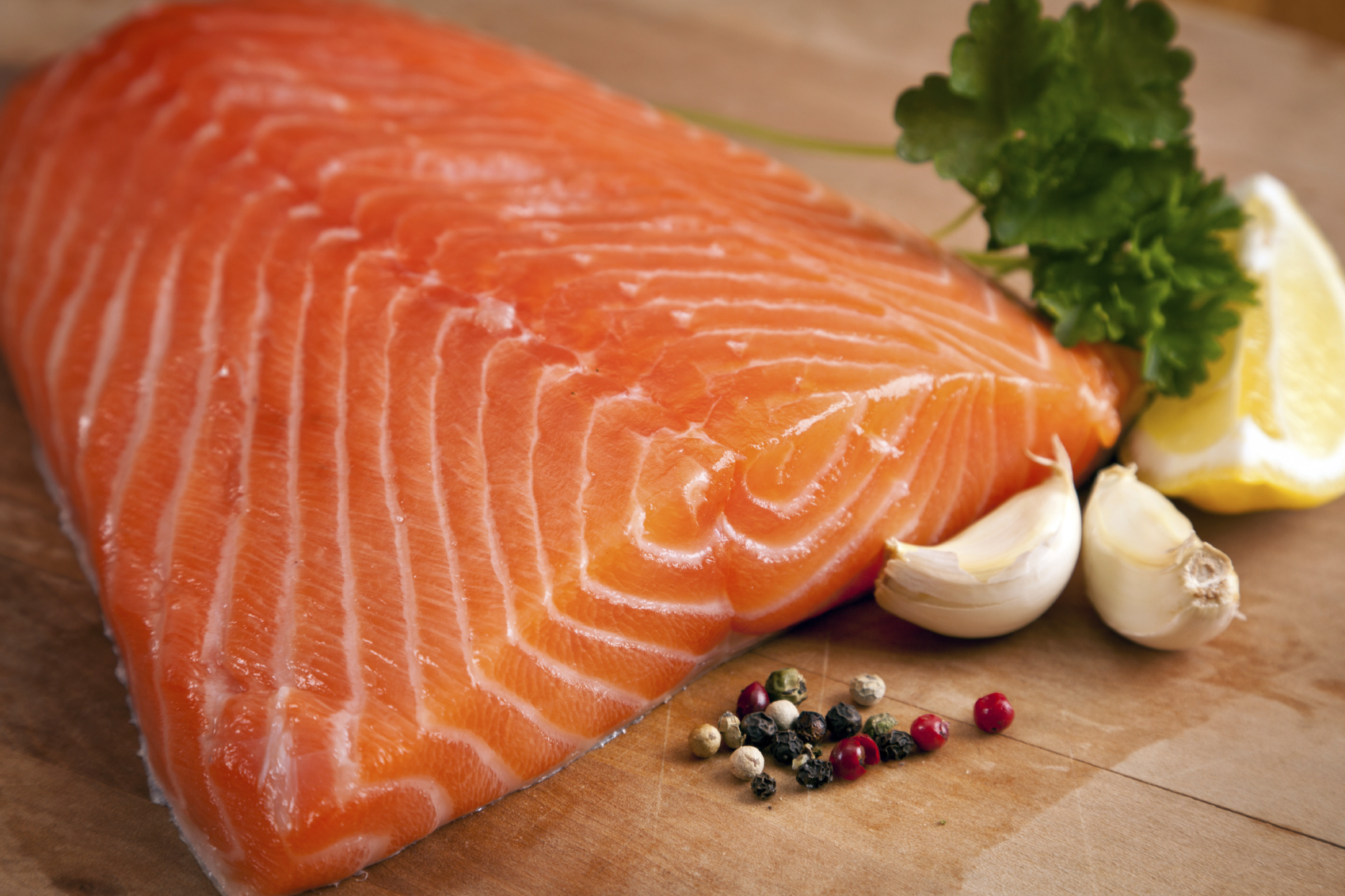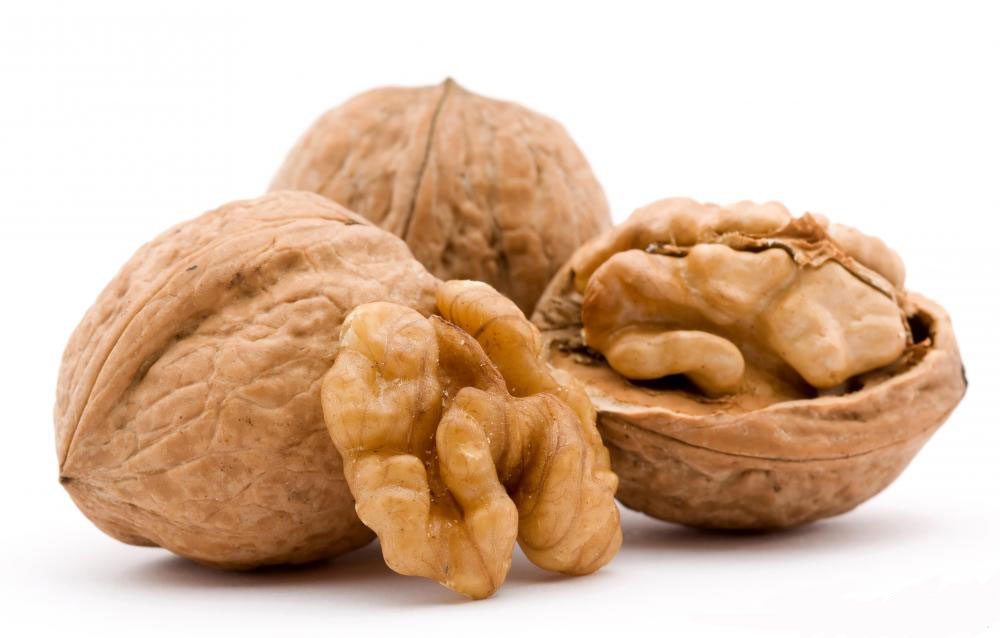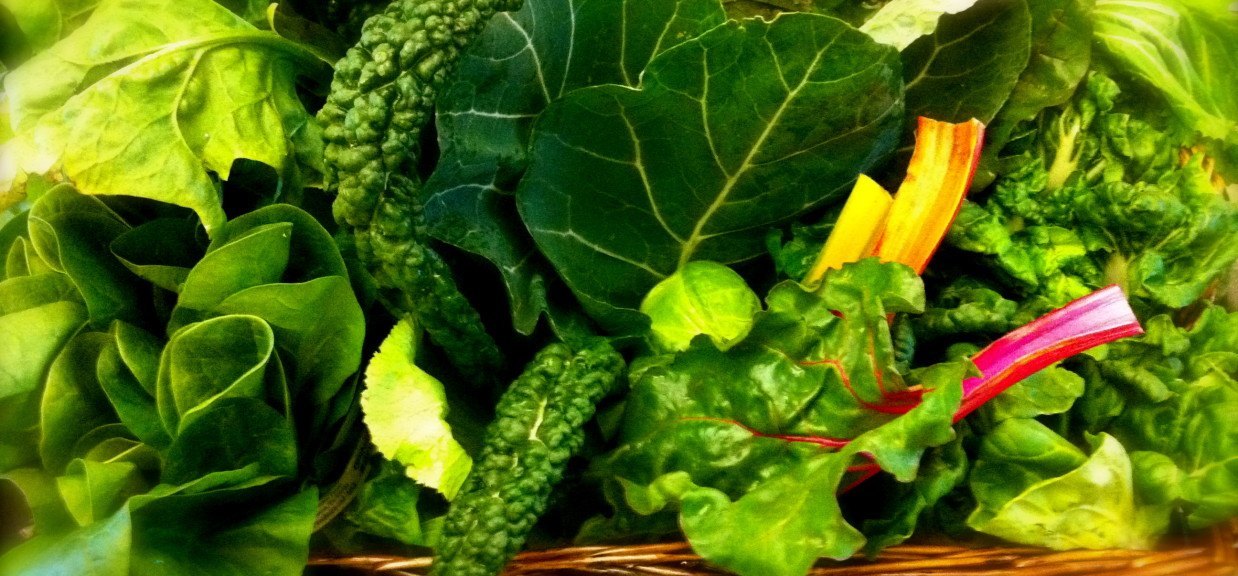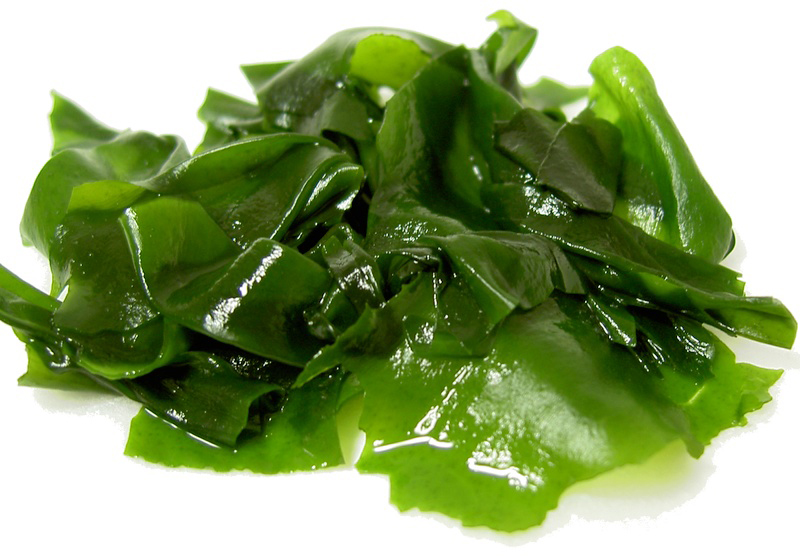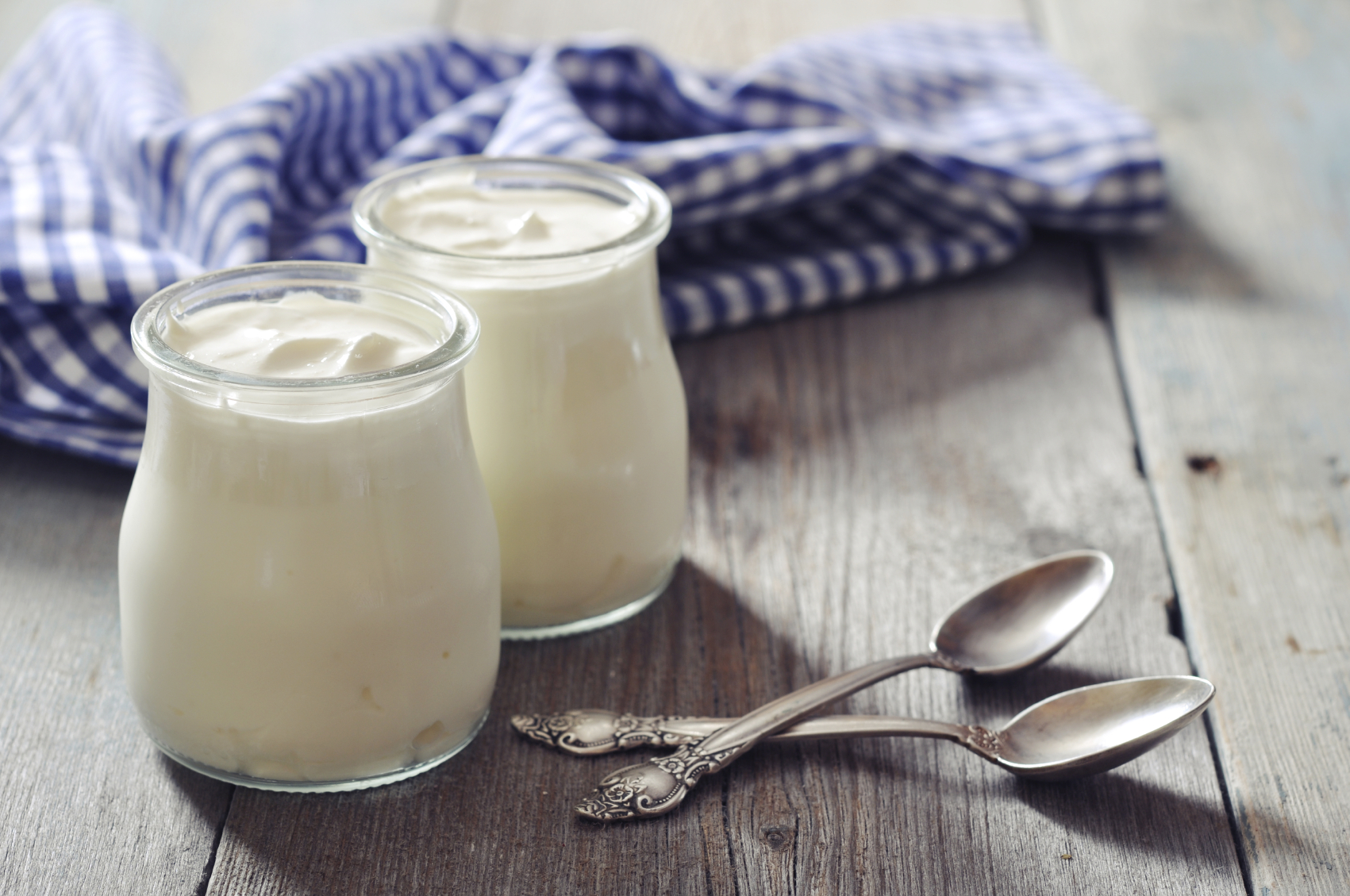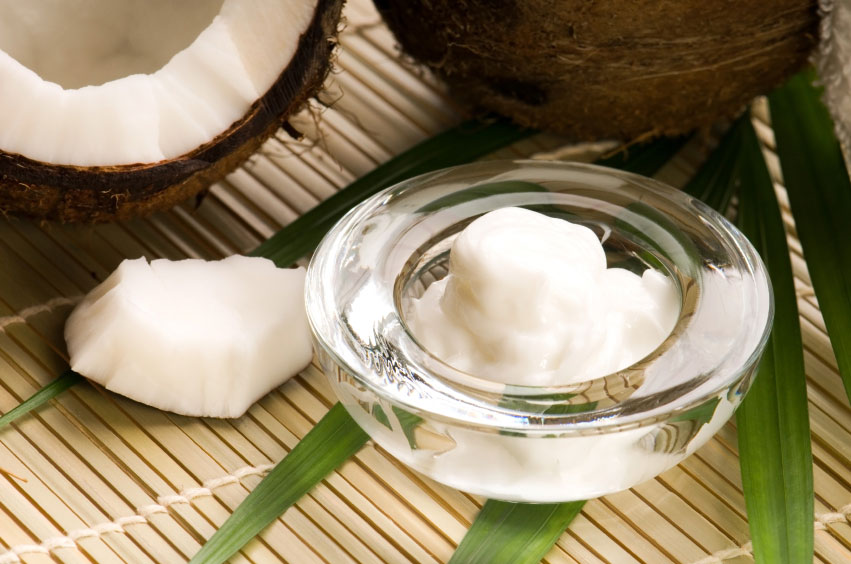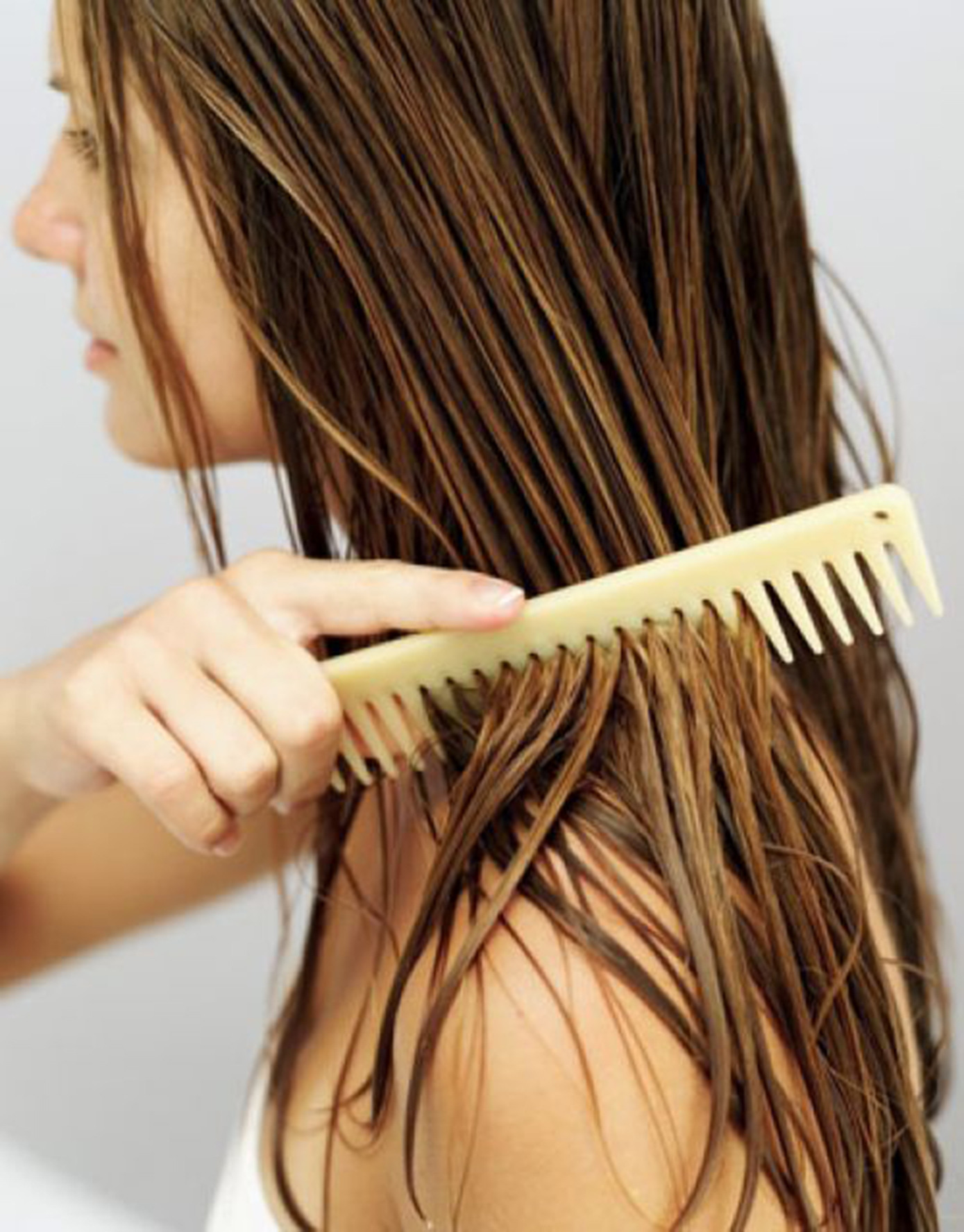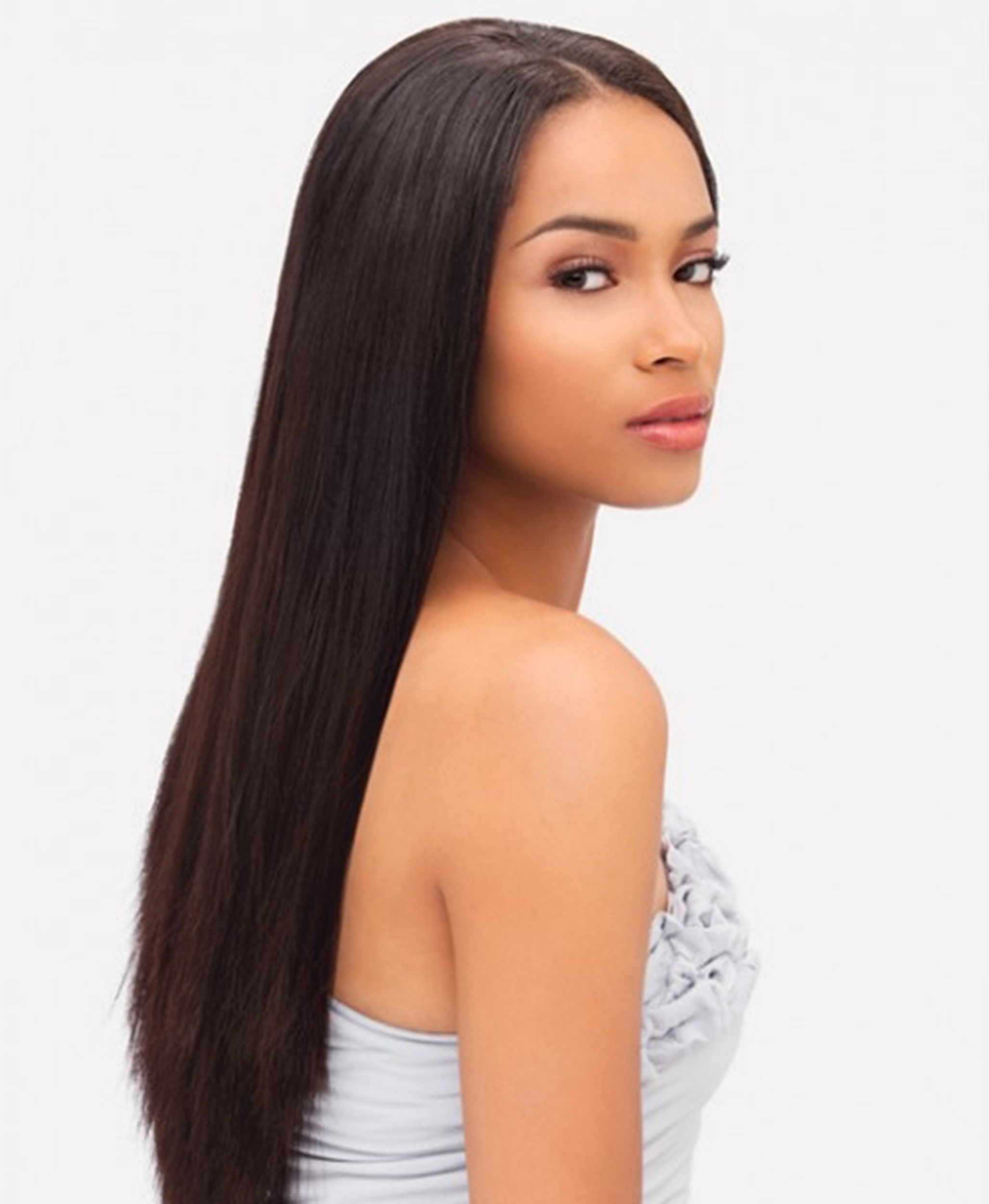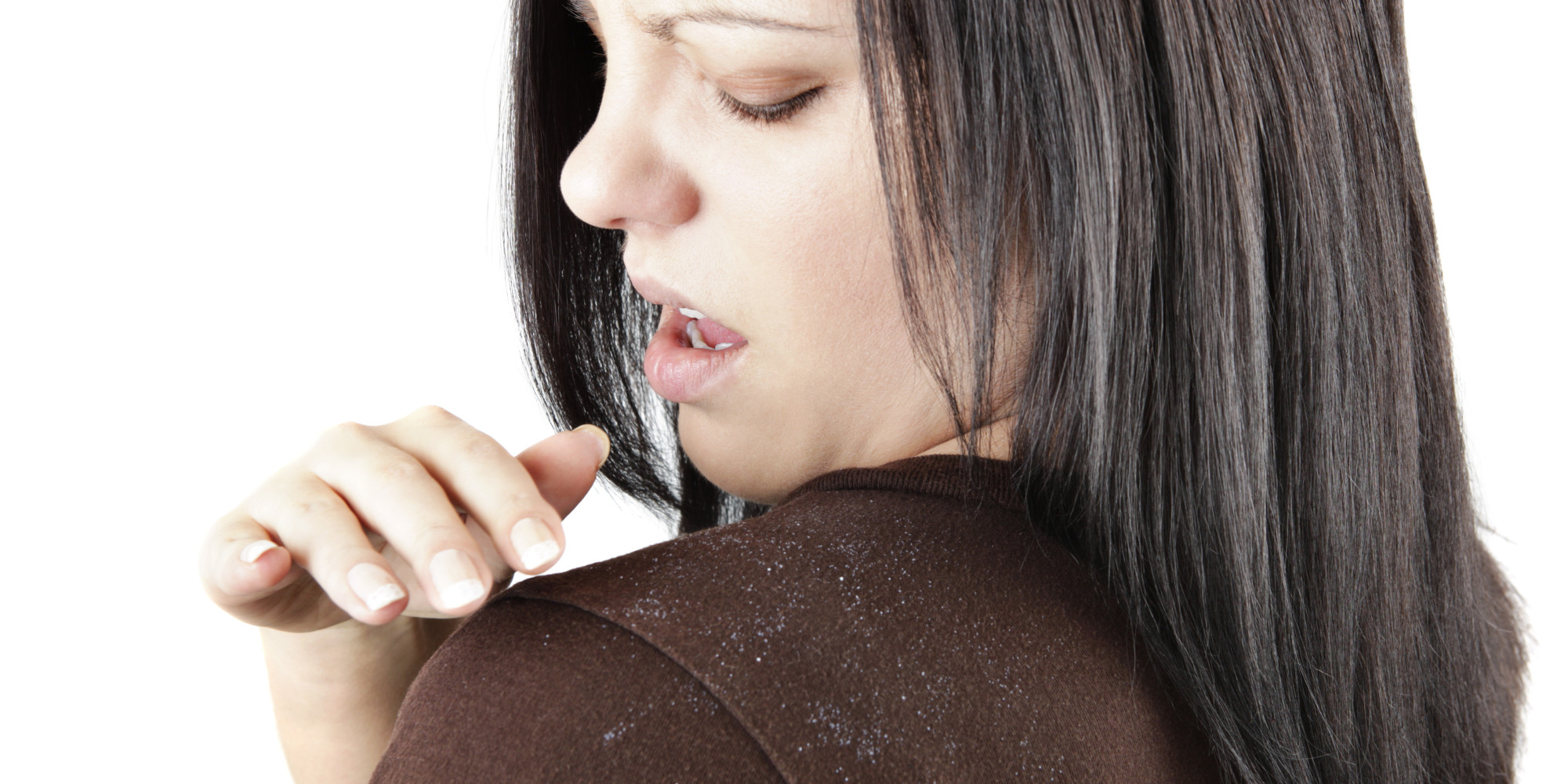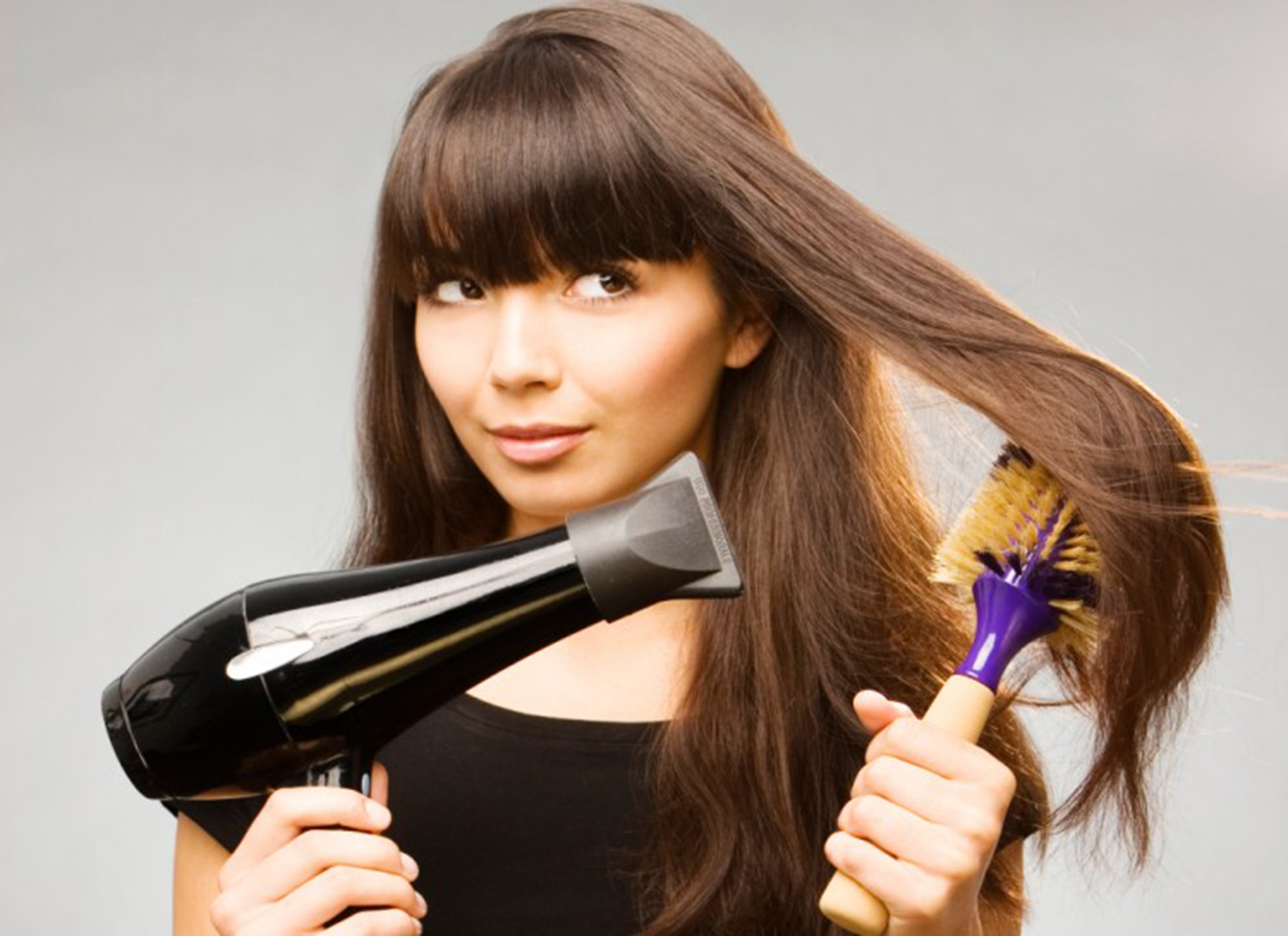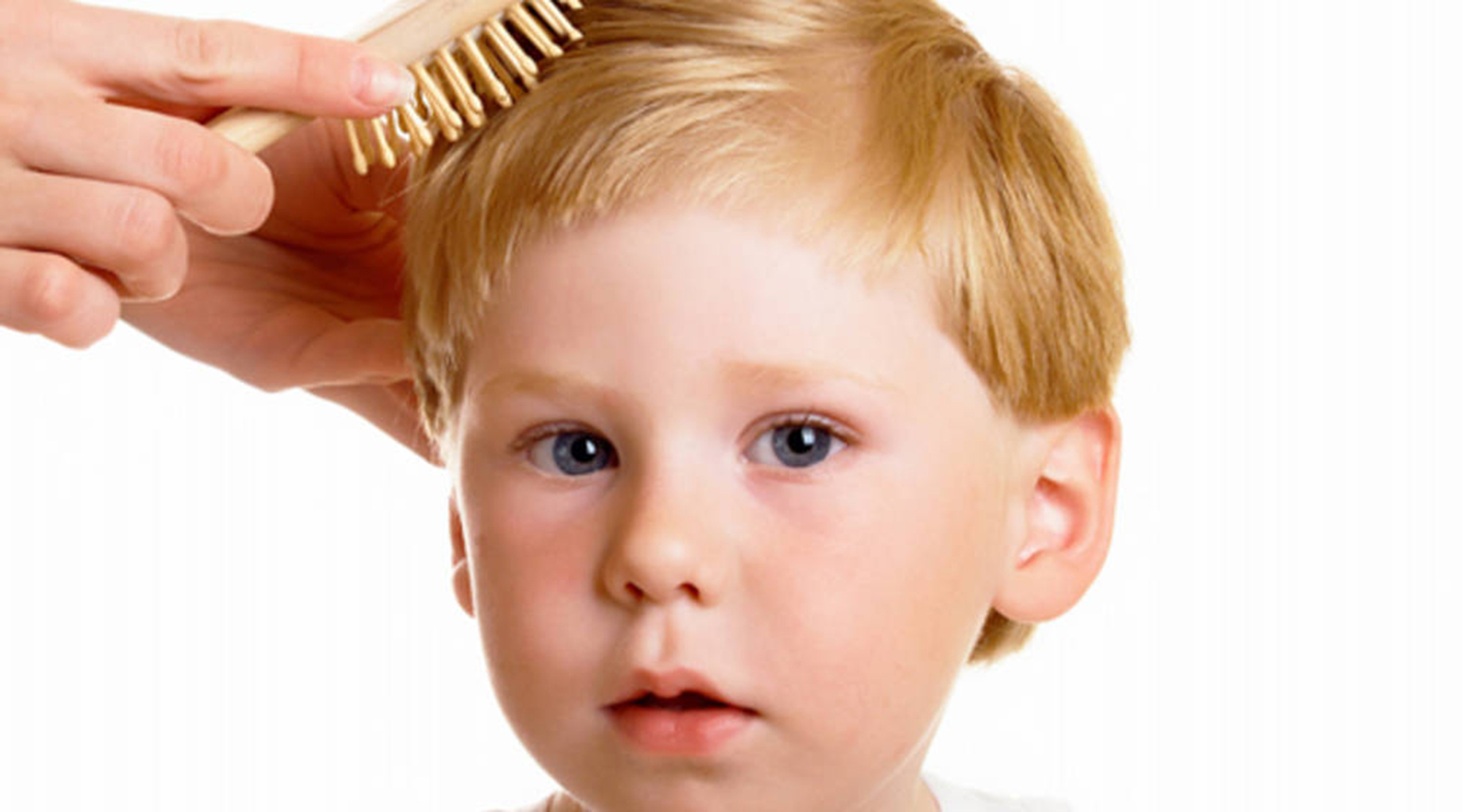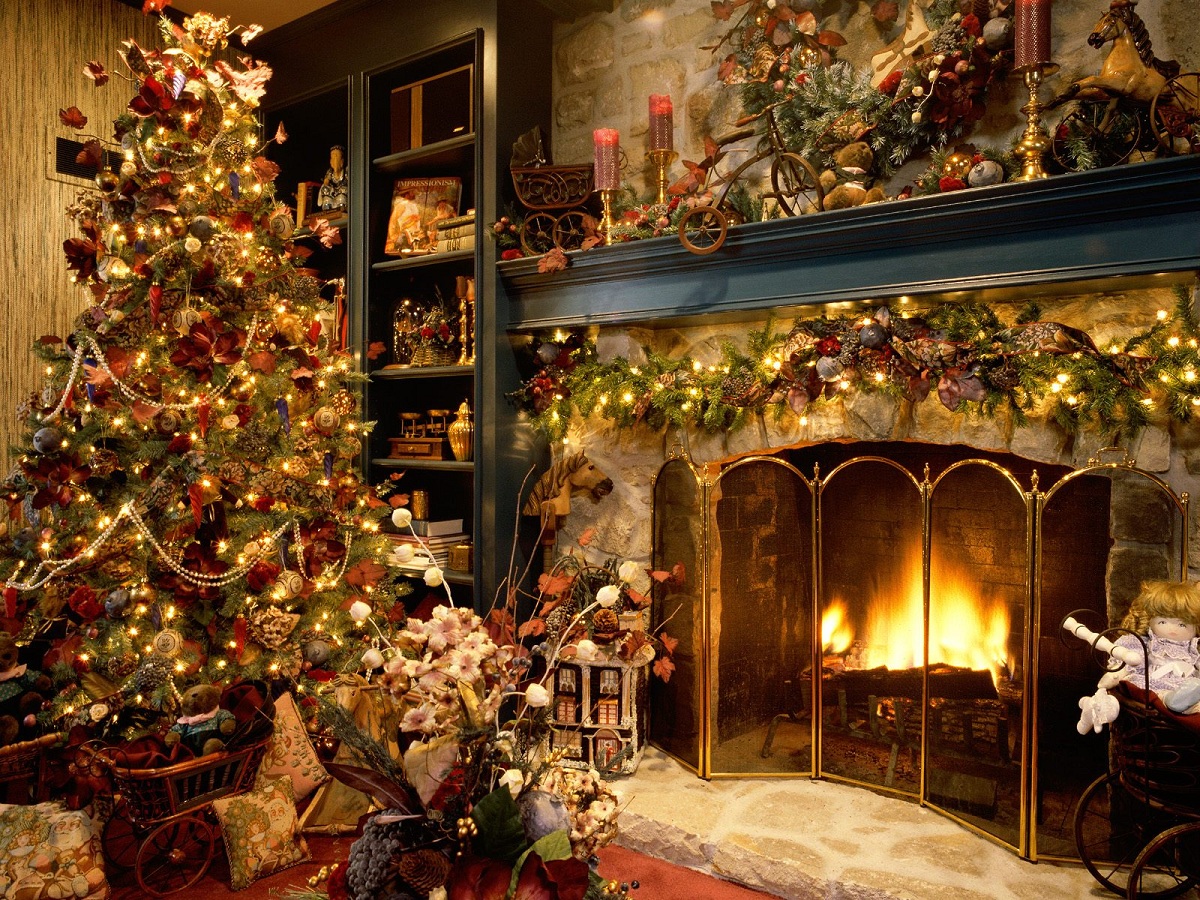Christmas traditions from around the world
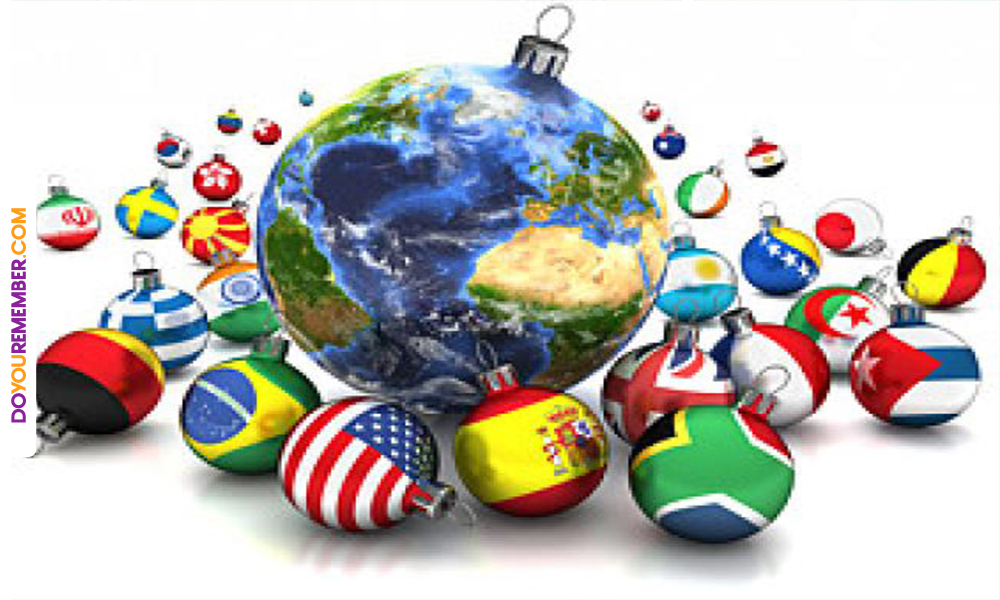
In week 330 our intention is to share holiday traditions of the different nations and their holiday celebrations, with you and to take this opportunity to wish all of them loving wishes this is a great opportunity to focus on PEACE.
We did extensive research and I must say it was a challenge to try honoring them all, so please forgive us if we miss a nation of your interest and if we did let us know through an email and we will add it. We found that it was so much information we needed a few Posts for that intention so we did our best to edit an amount that is realistic for people to take the time to read, so just enjoy and choose what resonates with you. It is so interesting to learn different traditions, it reminds me once again that the planet is a lot bigger than just my day to day perception.
Thank you again for the generous support from you all, it is overwhelming the thousands of views and connections we receive, we work many hours, sometimes seven days a week to offer you our extensive research.
We wish you Health, Peace and Ideal abundance for you, your family, and friends, and to the whole world may all your wishes come true, from all of us at Isabel’s Beauty Blog.
Christmas in the United States of America
The United States of America has many different traditions and ways that people celebrate Christmas, because of its multi-cultural nature, many customs are similar to ones in the UK, France, Italy, Holland, Poland, and Mexico.
The traditional meal for Western European families is turkey or ham with cranberry sauce. Families from Eastern European origins favor turkey with trimmings, keilbasi (a Polish sausage), cabbage dishes, and soups; and some Italian families prefer lasagne!
Some Americans use popcorn threaded on a string to help decorate their Christmas Tree!
In New England (the American States of Massachusetts, Connecticut, Rhode Island, Vermont, New Hampshire, and Maine), there are shops called ‘Christmas Shops’ that only sell Christmas decorations and toys all the year-round!
People in America like to decorate the outside of their house with lights and sometimes even statues of Santa Claus, Snowmen, and Reindeer elf.
Towns and cities often decorate the streets with lights to celebrate Christmas. Perhaps the most famous Christmas street lights in the USA are at the Rockefeller Center in New York where there is a huge Christmas Tree with a public ice skating rink in front of it over Christmas and the New Year.
In Hawaii, Santa is called Kanakaloka!
In the Southwest USA, there are some special customs that have some similarities to those in parts of Mexico. These include ‘luminarias’ or ‘farolitos’ which are paper sacks partly filled with sand and then have a candle put in them. They are lit on Christmas Eve and are put the edges of paths. They represent ‘lighting the way’ for somewhere for Mary and Joseph to stay.
A popular food at Christmas in the Southwest USA is tamales. You can find out more about Christmas traditions in the Southwest USA on www.lonestarwesterndecor.com/vibrant-Christmas-traditions-of-the-southwest.html
Christmas in Mexico
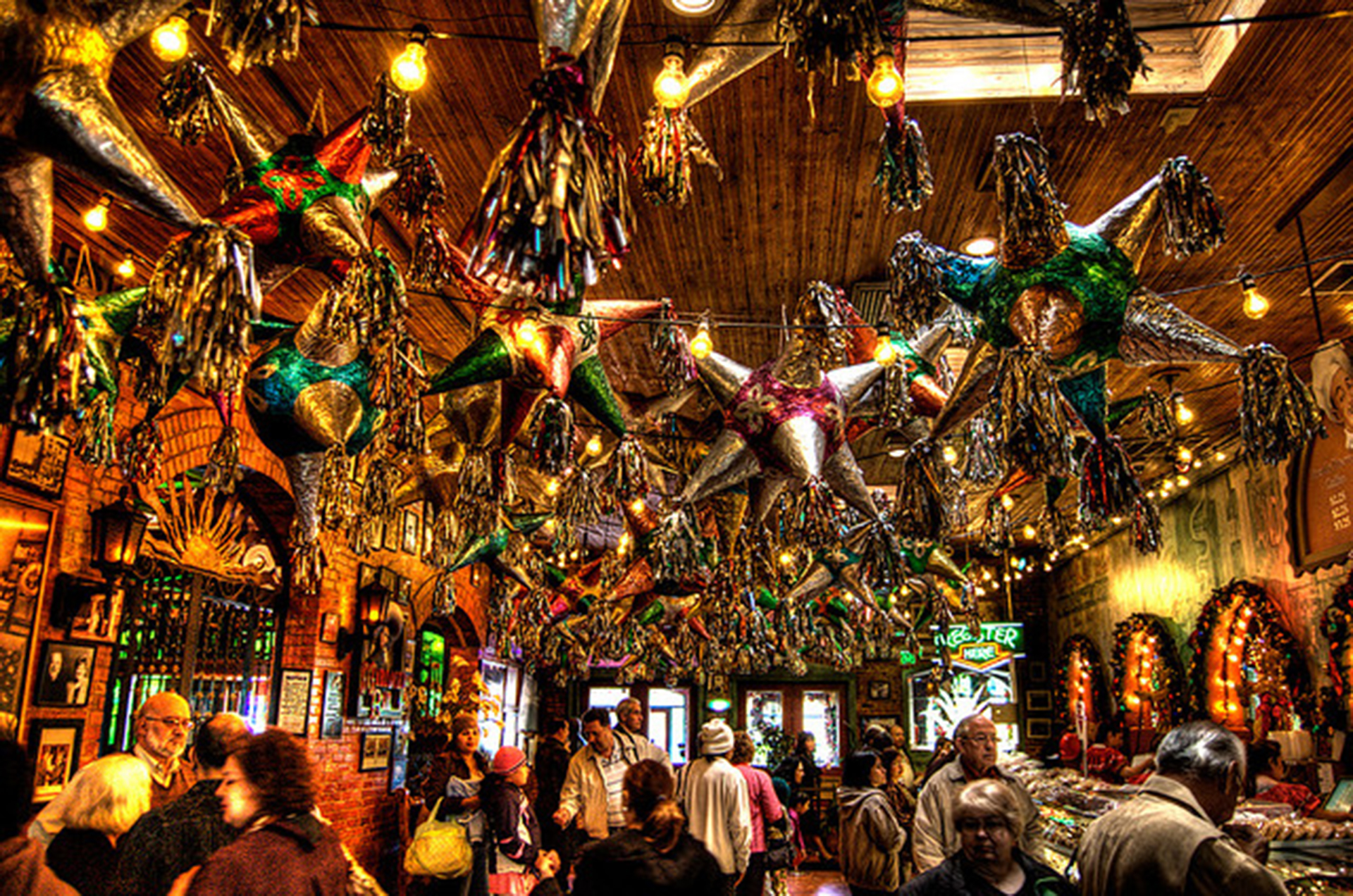
In Mexico, Christmas is celebrated from December 12th to January 6th.
From December 16th to Christmas Eve, children often perform the ‘Posada’ processions or Posadas. Posada is Spanish for Inn or Lodging. There are nine Posadas. These celebrate the part of the Christmas story where Joseph and Mary looked for somewhere to stay. For the Posadas, the outside of houses is decorated with evergreens, moss and paper lanterns.
In each Posada, children are given candles and aboard, with painted clay figures of Mary riding on a donkey and Joseph, to process round the streets with. They call at the houses of friends and neighbors and sing a song at each home. The song they sing is about Joseph and Mary asking for a room in the house. But the children are told that there is no room in the house and that they must go away. Eventually, they are told there is room and are welcomed in! When the children go into the house they say prayers of thanks and then they have a party with food, games, and fireworks.
Each night a different house hold’s the Posada party. At the final Posada, on Christmas Eve, a manger and figures of shepherds are put on the board. When the Posada house has been found, a baby Jesus is put into the manger and then families go to a midnight Church service. After the Church service, there are more fireworks to celebrate the start of Christmas.
One game that is often played at Posada parties is piñata. A piñata is a decorated clay or paper-mâché jar filled with sweets and hung from the ceiling or tree branch. The piñata is often decorated with something like a ball with seven peaks around it. The peaks or spikes represent the ‘seven deadly sins’. Piñatas’ can also be in the form of an animal or bird (such as a donkey). To play the game, children are blindfolded and take it in turns to hit the piñata with a stick until it splits open and the sweets pour out. Then the children rush to pick up as many sweets as they can!
As well as the posada’s, another type of Christmas play known as Pastorelas (The Shepherds). These tell the story of the shepherds going to find the baby Jesus and are often very funny. The devil tries to stop them by tempting them along the way. But the shepherds always get there in the end, often with the help of the Archangel Michael, who comes and beats the devil!
Nativity scenes, known as the ‘Nacimiento’, are very popular in Mexico. They are often very large, with the figures being life-size! Sometimes a whole room in a house is used for the Nacimiento, although this is less common now. The figures are often made of clay and are traditionally passed down through families. As well as the normal figures of Mary, Joseph, Jesus, the Shepherds, and Three Kings, there are often lots of other figures of different people, including women making tortillas, people selling food and different animals and birds, like flamingos! The figures can be bought from markets in cities all over Mexico. The baby Jesus is normally added to the scene during the evening of Christmas Eve. The Three Kings are added at Epiphany.
Christmas Trees are becoming more popular in Mexico, but the main/most important decoration is still the Nacimiento.
Christmas Eve is known as ‘Noche Buena’ and is a family day. People often take part in the final Posada and then in the evening have the main Christmas meal. At midnight, many people go to a Midnight Mass service, known as the ‘Misa de Gallo’ (Mass of the Rooster). There are lots of fireworks to celebrate Christmas Day.
Poinsettia flowers are known as ‘Noche Buena’ (Christmas Eve) flowers in Mexico.
People in Mexico also celebrate ‘Los Santos Inocentes’ or ‘Day of the Innocent Saints’ on December 28th ad it’s very like April Fools Day in the UK and USA. 28th December is when people remember the babies that were killed on the orders of King Herod when he was trying to kill the baby Jesus.
In some states in Mexico, children expect Santa Claus to come on December 24th. In the south of Mexico, children expect presents on January 6th at Epiphany, which is known as ‘El Dia de Los Reyes’.
On El Dia de Los Reyes the presents are left by the Three Kings (or Magi). If you’ve had a visit from Santa on Christmas Eve, you might also get some candy on el Dia de Los Reyes!
It’s traditional to eat a special cake called ‘Rosca de Reyes’ (Three Kings Cake) on Epiphany. A figure of Baby Jesus is hidden inside the cake. Whoever has the baby Jesus in their piece of cake is the ‘Godparent’ of Jesus for that year.
Another important day in Candelaria (also known as Candlemas) on the 2nd February and it marks the end of the Mexican Christmas celebrations. Lots of Mexicans have a party for Candelaria.
In Mexico, presents might also be brought by ‘El Niñito Dios’ (baby Jesus) & Santo Clós (Santa Claus)
In Mexico people speak Spanish (Español), so Happy/Merry Christmas is ‘Feliz Navidad’. Happy/Merry Christmas in lots more languages.
The largest ever Angel Ornament was made in Mexico. It was made in January 2001 by Sergio Rodriguez in the town of Nuevo León. The angel was 18′ 3″ high and had a wingspan of 11′ 9″! Perhaps the most amazing thing about the angel was that it was completely made out of old beer bottles, 2946 of them!
Christmas in Denmark
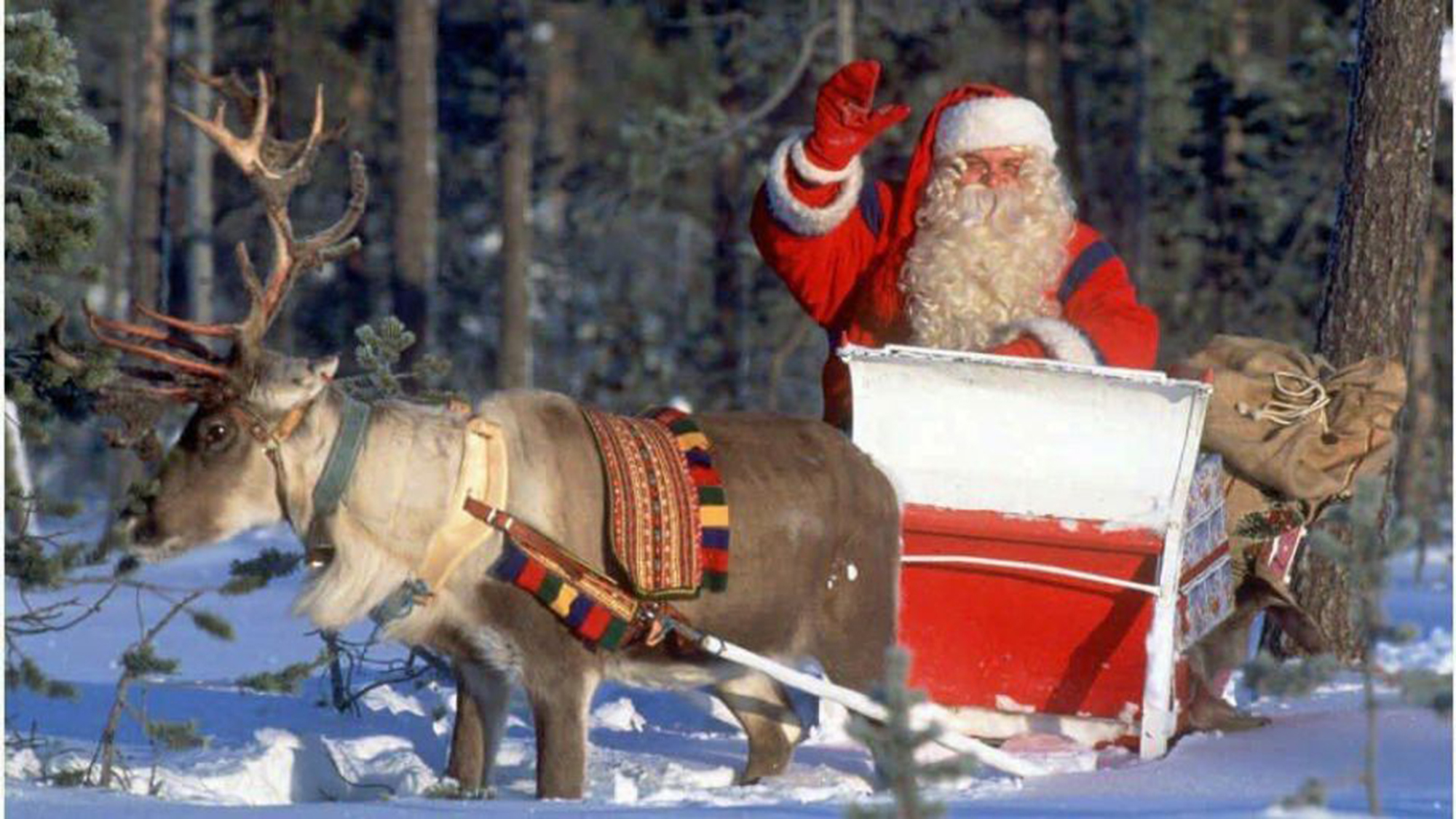
Some people in Denmark give and receive extra Advent presents on the four Sundays of Advent.
Different types of Advent candles and calendars are popular in Denmark. A Kalenderlys (calendar-candle) is an Advent candle and most people have one of these types of candles. A Pakkekalender (gift calendar) is also a fun way to countdown to Christmas Eve. There are 24 small gifts for the children in the calendar, one for each day until Christmas Eve.
Julekalender (Christmas calendar) is a television series with 24 episodes. One episode is shown each day in December with the last one being aired on Christmas Eve. The first Julekalender was shown on TV in Denmark in 1962. The two main Danish TV channels DR and TV2 both show different versions of Julekalender each year. The theme of the stories in the Julekalender normally follows a similar storyline, with someone trying to ruin Christmas and the main characters saving Christmas!
As well as the TV series, both DR and TV2 produce paper advent calendars to go along with the stories! DR is the oldest TV channel in Denmark and its’ paper calendar is called Børnenes U-landskalender (Children’s U-Country Calendar). It’s been making the calendars for over 50 years and profits from the sale of the calendar go to help poor children in a developing country. The calendar made by TV2 is called julekalender and profits from that calendar go to help Julemærkefonden, a children’s charity in Denmark.
You can also support Julemærkefonden when you send Christmas Cards in Denmark. Every year a set of Christmas stamps/stickers/seals called julemærket are sold in December to help raise money for the charity. You use a normal postage stamp as well, the julemærket stickers just make the post look more Christmassy!
Christmas Parties are held from 1st November to 24th December where everyone has a good time! Making cakes and biscuits is popular in the time before Christmas. Gingerbread cookies and vanilla ones are often favorites.
In Denmark, most people go to a Church Service on Christmas Eve at about 4.00pm to hear the Christmas Story. It’s also traditional to give animals a treat on Christmas Eve, so some people go for a walk in the park or woods and take some food to give the animals and birds.
When they get home the main Christmas meal is eaten between 6.00pm and 8.00pm. It’s served on a beautifully decorated table. Popular Christmas foods include roast duck, goose or pork. They are served with boiled and sweet potatoes, red cabbage, beetroot and cranberry jam/sauce.
Most families have a ‘ris á la mande’ (a special kind of rice pudding, made of milk, rice, vanilla, almonds, and whipped cream) for dessert. All but one of the almonds are chopped into pieces. The person who finds the whole almond gets a present called a Mandelgave (almond present) and it’s often a marzipan pig!
After the meal the lights on the Christmas Tree are lit, people might dance around the tree and sing carols. Then it’s time for people to open their presents. The Christmas tree normally has a gold or silver star on the top and often has silver ‘fairy hair’ on it to make it glitter.
On Christmas day people meet with their family and have a big lunch together with Danish open-faced sandwiches on rye bread.
In Denmark, children believe that their presents are brought by the ‘Julemanden’ (which means ‘Christmas Man’). He looks very similar to Santa Claus and also travels with a sleigh and reindeer. He lives in Greenland, likes rice pudding and is helped by ‘nisser’ which are like elves.
St. Lucia’s Day (or St. Lucy’s Day) is also celebrated on December 13th, although it’s more famous for being celebrated in Denmark’s neighbor, Sweden.
In Danish, Happy/Merry Christmas is ‘Glædelig Jul’
Christmas in Ethiopia
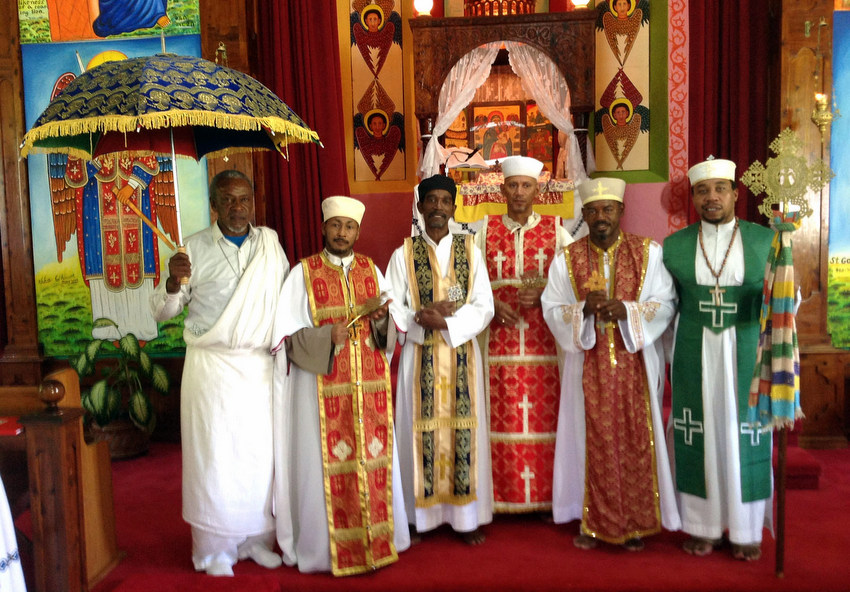
In Ethiopia (and especially the Ethiopian Orthodox Church) they still use the old Julian calendar, so they celebrate Christmas on January 7th, not December 25th! The Christmas celebration in the Ethiopian Orthodox Church is called Ganna. Most of the people go to church on Christmas day.
Many people fast they chose not to eat anything on Christmas Eve (January 6th). At dawn on the morning of Ganna, people get dressed in white. Most people wear a traditional garment called a Shamma. It’s a thin white cotton piece of cloth with brightly colored stripes across the ends. It’s worn like a toga. If you live in a big town or city you might wear ‘western’ clothes. The early Ganna mass starts at 4.00am! Ouch, that shows Faith right there.
The Ethiopian capital city is Addis Ababa. It’s a modern city. Most people who live outside big cities live in roundhouse made of mud-plastered walls that have thatched cone-shaped roofs. Sometimes houses in the country are rectangular and made of stone.
The design of the Ethiopian Church is similar to the houses. In the country, for the most part, they are very old and have been carved out of rocks. In cities, modern churches are built in three circles, each within the others.
The choir sings from the outer circle. Everyone who goes to church for the Ganna celebrations is given a candle. The people walk around the church three times in a solemn procession, holding the candles. They then go to the second circle to stand during the service. The men and boys are separated from the women and girls. The center circle is the most important and holy place in the church and is where the priest serves the Holy Communion or mass.
In the tradition is being said that one of the Wise Men who visited Jesus came from Ethiopia.
Around the time of Ganna (Christmas celebration time), the men and boys play a game that is also called ganna. It’s played with a curved stick and a round wooden ball, a bit like hockey.
Traditional Christmas foods in Ethiopia include ‘wat’ which is a thick and spicy stew that contains meat, vegetables and sometimes eggs. What is eaten on a ‘plate of injera’ – a flatbread, Pieces of the injera are used as an edible spoon to scoop up what?
Twelve days after Ganna, on 19th January, Ethiopians start the three-day celebration of Timkat. It celebrated the baptism of Jesus. Children walk to church services in a procession. They wear the crowns and robes of the church youth groups that they belong to. Adults wear the Shamma. The priests wear red and white robes and carry embroidered fringed umbrellas.
Christmas in Russia
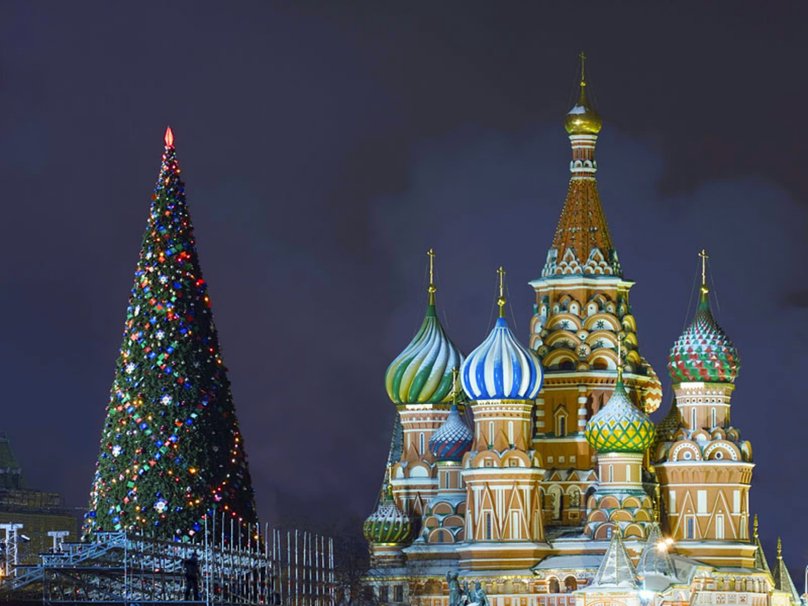
The official Christmas and New holidays in Russia last from December 31st to January 10th.
In Russian Happy/Merry Christmas is ‘s rah-zh-dee-st-VOHM’ (C рождеством!) or ‘s-schah-st-lee-vah-vah rah-zh dee-st-vah’ (Счастливого рождества!). Happy/Merry Christmas in lots more languages.
Some people fast (don’t eat anything) on Christmas Eve until the first star has appeared in the sky. People then eat ‘sochivo’ or ‘kutia’ a porridge made from wheat or rice served with honey, poppy seeds, fruit (especially berries and dried fruit like raisins), chopped walnuts or sometimes even fruit jellies!
Kutia is sometimes eaten from one common bowl, this symbolizes unity. In the past, some families like to throw a spoonful of sochivo up on the ceiling. If it stuck to the ceiling, some people thought it meant they would have good luck and would have a good harvest!
The Russian word for Christmas Eve ‘sochelnik’, comes from the word ‘sochivo’.
Some Orthodox Christian Russian also don’t eat any meat or fish during the Christmas Eve meal/feast.
Other popular Christmas Eve foods include beetroot soup (borsch) or vegan potluck (solyanka) served with individual vegetable pies (often made with cabbage, potato, or mushroom); salads often made from vegetables like gherkins, mushrooms or tomatoes, and also potato or other root vegetable salads.
Sauerkraut is the main dish in the Christmas Eve meal. It can be served with cranberries, cumin, shredded carrot, and onion rings. It might be followed by more pies or porridge dishes such as buckwheat with fried onions and fried mushrooms.
Dessert is often things like fruit pies, gingerbread and honey bread cookies, and fresh and dried fruit and more nuts.
‘Vzvar’ (meaning ‘boil-up’) is often served at the end of the meal. It’s a sweet drink made from dried fruit and honey boiled in water. Vzvar is traditionally at the birth of a child, so at Christmas, it symbolizes the birth of the baby Jesus.
Following the meal, prayers might be said and people then go to the midnight Church services. They often don’t wash the dishes until they get home from Church – sometimes not until 4.00am or 5.00am!
The New Year celebrations are still very important to Russians (sometimes more than Christmas).
This is when – when ‘Father Frost’ (known in Russian as ‘Ded Moroz’ or Дед Мороз) brings presents to children. He is always accompanied by his Grandaughter (Snegurochka). On New Year’s eve children hold hands, make a circle around the Christmas tree and call for Snegurochka or Ded Moroz. When they appear the star and other lights on the Christmas tree light up! Ded Moroz carries a big magic staff. The traditional greeting for Happy New Year is ‘S Novym Godom’.
One of the most famous things about Christmas in Russia, to people in western Europe and the USA, is the story of Babushka. Babushka means Grand Mother in Russian. It tells the story of an old woman who met the Wise men on their way to see Jesus.
However, most people in Russia have never heard of the story and I’ve had many emails from Russian visitors to the site who have never heard the story before! It seems that it was probably created by an American poet and writer called Edith Matilda Thomas in 1907.
Christmas in Ukraine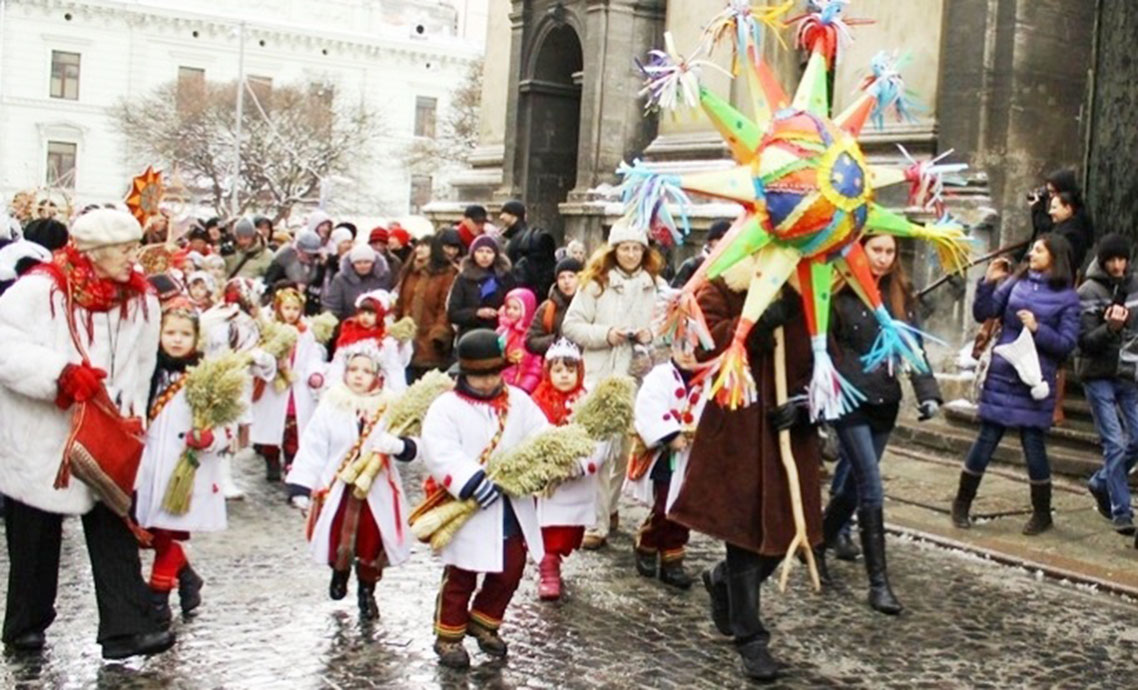
Christmas in Ukraine is celebrated on the 7th of January is because, like many countries where the main Church is the Orthodox Church, they use the old ‘Julian’ calendar for their church festivals.
In Ukrainian Happy/Merry Christmas is ‘Веселого Різдва і з Новим Роком’ (Veseloho Rizdva i z Novym Rokom). Happy/Merry Christmas in lots more languages.
The main Christmas meal, called ‘Sviata Vecheria’ (or Holy Supper) is eaten on Christmas Eve (6th January). Traditionally people fast (don’t eat anything) all day but you might start the day drinking some holy water that has been blessed at church.
You can’t start eating the meal until the first star is seen in the sky. So people (especially the hungry ones!) go outside as soon as it starts getting dark in the afternoon to try and spot the first star. The star represents the journey of the Wise Men to find Jesus and that Jesus has been born, so Christmas can start!
The meal normally has 12 dishes that represent Jesus’s 12 disciples. The main dish is often ‘kutia’ a type of a kind of sweet porridge made of wheat. Other dishes can include mushrooms, sauerkraut, red ‘borsch’, dumplings known as ‘varenyky’ (Pierogi), whitefish, ‘bigos’ (a meat and cabbage stew), cheesecake and bread.
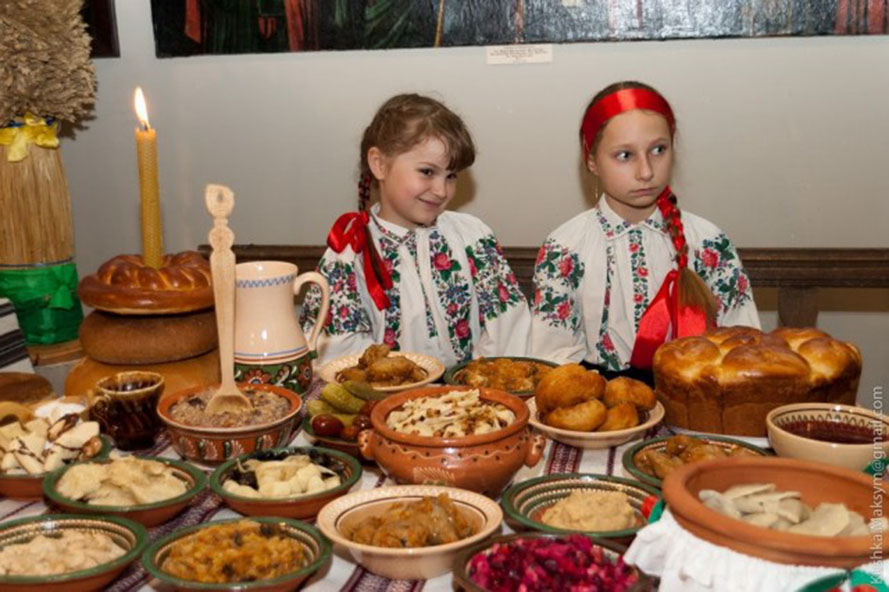
The room where Sviata Vecheria is eaten normally has a Didukh decoration placed in it. The Didukh is a made from a sheaf of wheat and symbolizes the large wheat field in Ukraine. It literally means ‘grandfather spirit’ and can represent people’s ancestors being with them in their memories. Sometimes people use some heads of wheat in a vase rather than a whole sheaf of wheat.
After the meal, people love to sing carols or ‘Koliadky’. They can be sung around the table or you might go out caroling in the streets. People sometimes carry brightly colored stars on poles when they go caroling singing.
The Ukrainian carol ‘Shchedryk’ is where the popular ‘Carol of the Bells’ came from St Nicholas (known as Svyatyi Mykolai) visits children in Ukraine on December 24th.
Ukrainian Christmas tree with Spider webs
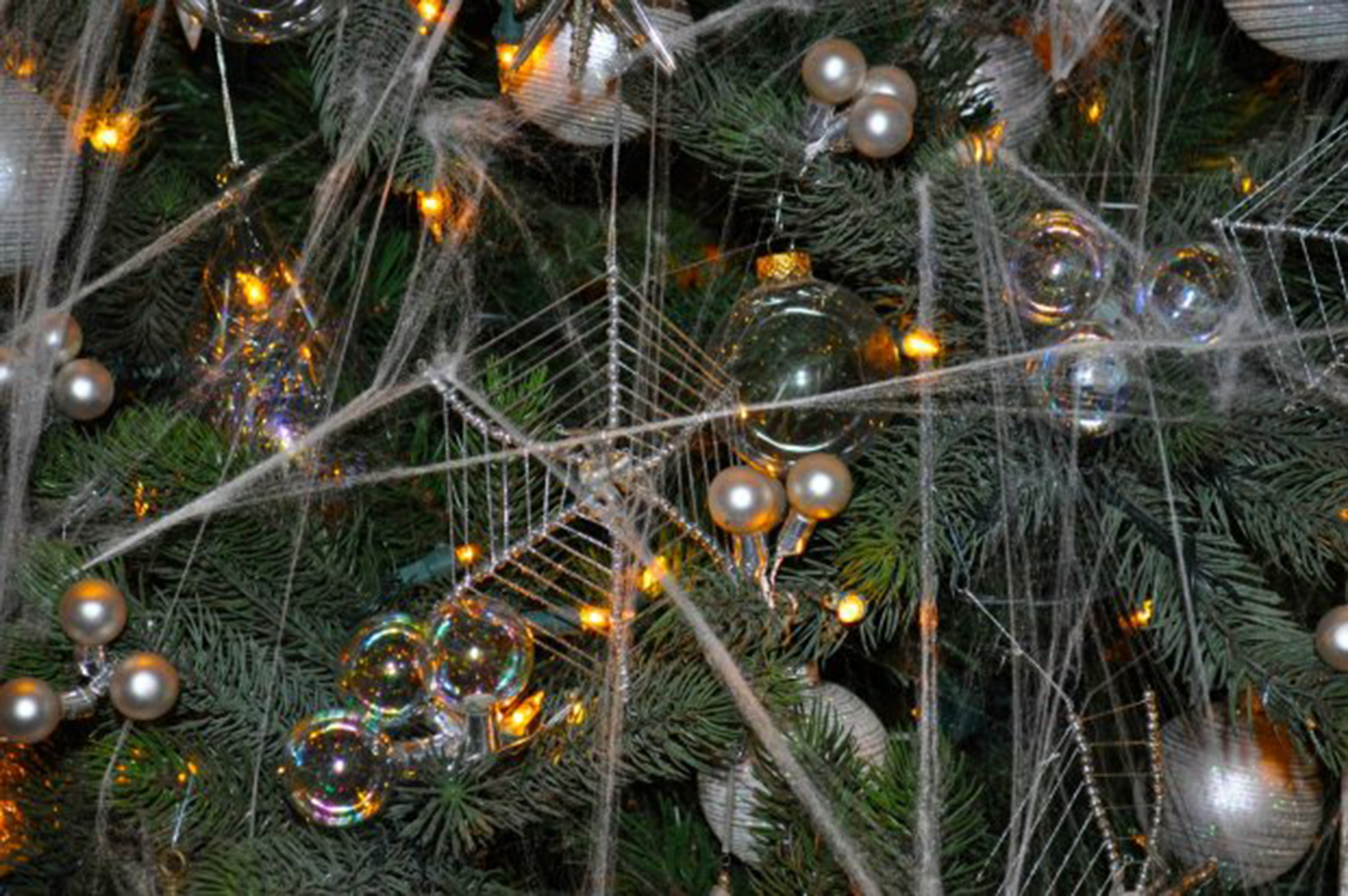
Hindu: Pancha Ganapati
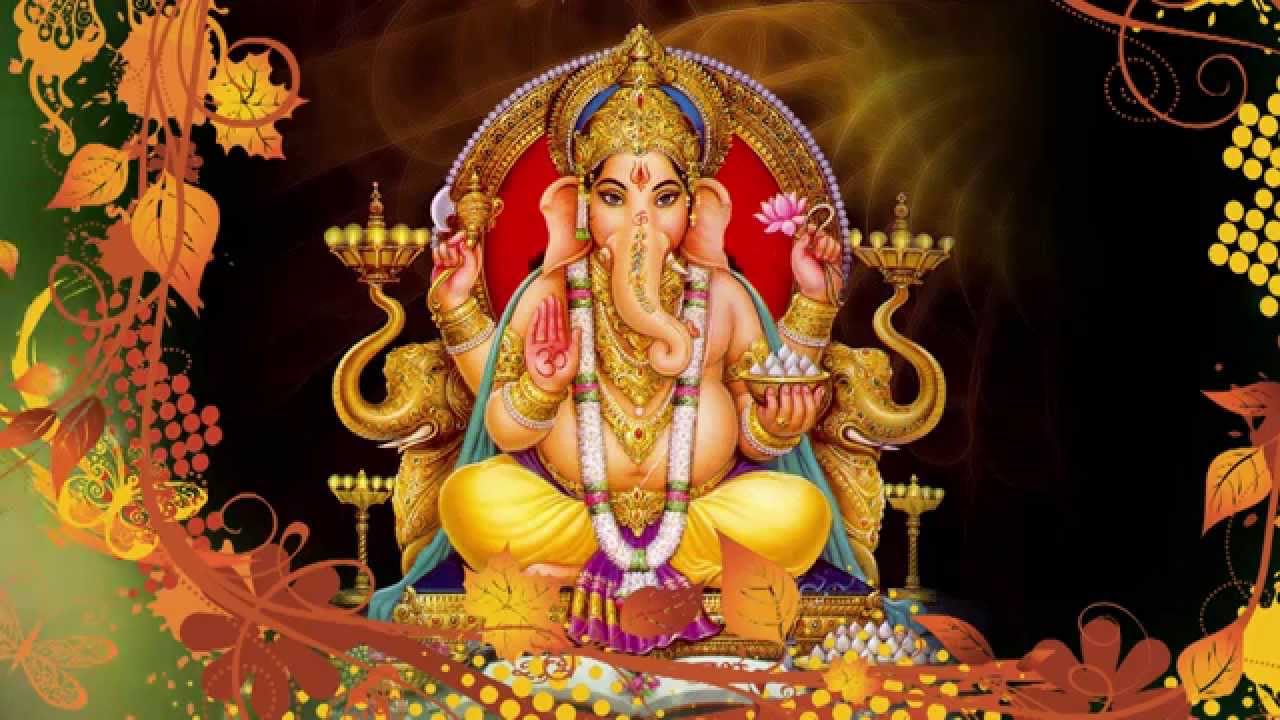
21–25 December – Modern five-day festival in honor of Lord Ganesha, celebrated by Hindus in the USA.
Think of this as the Hindu Christmas, a modern winter holiday full of family-centered happenings, but with five days of gifts for the kids, not one. From December 21 to 25 Hindus worship Lord Ganesha, the elephant-headed Lord of culture and new beginnings. Family members work to mend past mistakes and bring His blessings of joy and harmony into five realms of their life, a wider circle each day: family, friends, associates, culture and religion.
Pancha Ganapati includes outings, picnics, feasts, and exchange of cards and gifts with relatives, friends, and business associates. A shrine is created in the main living room of the home and decorated in the spirit of this festive occasion. At the center is placed a large wooden or bronze statue of Lord Panchamukha (“five-faced”) Ganapati, a form of Ganesha. Any large picture or statue of Ganesha will also do. Each morning the children decorate and dress Him in the color of that day, representing one of His five rays of energy, or Shaktis.
Hindu: Makar Sankrat/Pongal
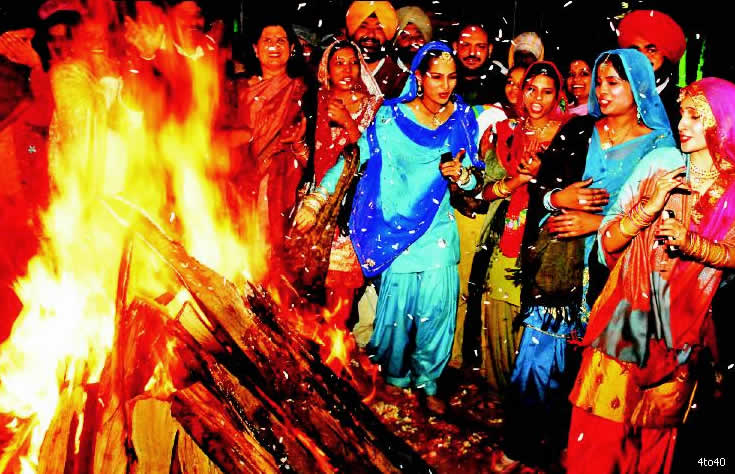
From http://www.cookinglight.com
This January 14 Hindu holiday celebrates the new solar year, considered to be the beginning of the new day for the gods and the end of their six-month night. It is observed and named differently in each region―Pongal in the south of India and Makar Sankrat in the north. But most festivities include a common theme of ceremonial cleansing, offerings, and celebrations of the harvest. Pongal, which means “to boil over,” refers both to the concept of bounty and to the traditional dish of rice boiled in milk, which is given to the gods as an offering. Sesame seeds, or til, are looked upon as a symbol of health and friendship. Sweets made from sesame and jaggery―a special kind of sugar―are exchanged on the holiday along with the saying, “accept these sweets and speak sweet words.” The tradition reminds people to resolve past quarrels so that friendship can thrive.
Muslim: Eid ul-Fitr/Hari Raya Puasa
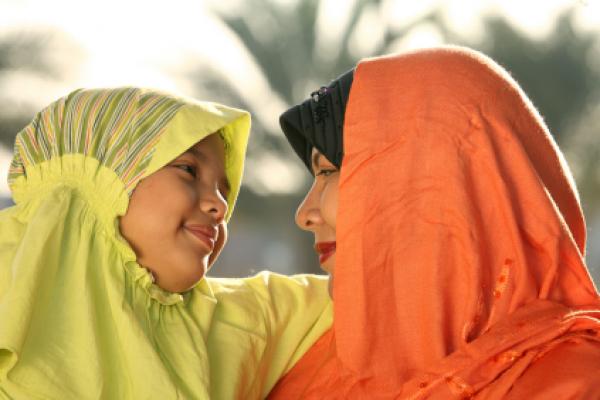 Ramadan is the month-long Muslim holiday celebrating the revelation of the Koran to the prophet Muhammad. Devout Muslims fast each day from sunup to sundown for the full month and then break the fasting period with a three-day festival. Because the Muslim world spans many countries and cultures, the celebrations, foods, and even the name of the festival change from place to place―in Arab countries, it’s called Eid ul-Fitr, and in Malaysia, it’s called Hari Raya Puasa. The dates change from year to year (falling sometime between October and December), depending on the Islamic calendar. Although the festival reaches a broad group of people who celebrate it in diverse ways, there are general things that all Muslims do during Eid,” says Rabiah Ahmed, spokesperson for the Council on American-Islamic Relations, such as preparing the house, getting dressed up, and gathering with family and friends for a feast. After 30 days of fasting, food is shared in abundance, and children exchange gifts and receive money from their elders.
Ramadan is the month-long Muslim holiday celebrating the revelation of the Koran to the prophet Muhammad. Devout Muslims fast each day from sunup to sundown for the full month and then break the fasting period with a three-day festival. Because the Muslim world spans many countries and cultures, the celebrations, foods, and even the name of the festival change from place to place―in Arab countries, it’s called Eid ul-Fitr, and in Malaysia, it’s called Hari Raya Puasa. The dates change from year to year (falling sometime between October and December), depending on the Islamic calendar. Although the festival reaches a broad group of people who celebrate it in diverse ways, there are general things that all Muslims do during Eid,” says Rabiah Ahmed, spokesperson for the Council on American-Islamic Relations, such as preparing the house, getting dressed up, and gathering with family and friends for a feast. After 30 days of fasting, food is shared in abundance, and children exchange gifts and receive money from their elders.
Iranian: Shab-e Yalda
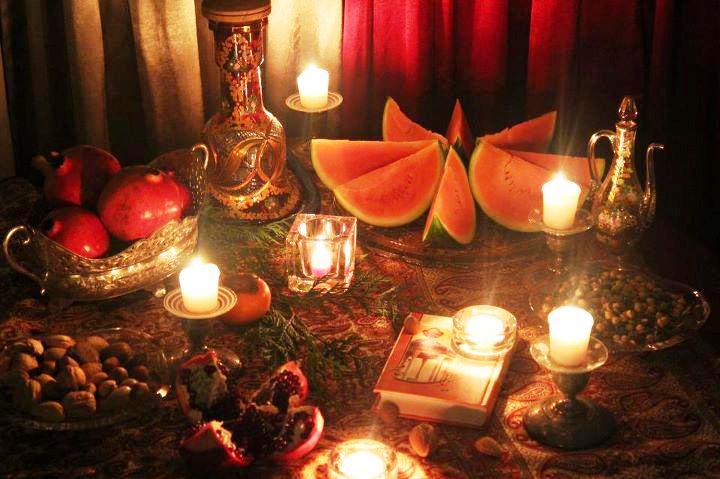
In Iran, the winter solstice, which falls on December 21, is hailed with Shab-e Yalda―the birthday of the sun. It’s a celebration of the triumph of light over dark, good over evil. It is thought that on the longest night with evil at its zenith, light needs help to overcome darkness. On this day, families build a bonfire outside and gather until sunrise for a night of storytelling, dancing, and food. In Iranian culture, certain nutritional properties of foods are considered hot and others are considered cold (regardless of temperature or level of spice), much like Chinese yin or yang. A balance between the two is important. Summer foods are preserved throughout the year for the Shab-e Yalda feast, where they mingle with the foods of winter to symbolize the balance of seasons. Saffron and carrots, for example, are warm foods served during Shab-e Yalda to counter the cold of winter.
Jewish: Hanukkah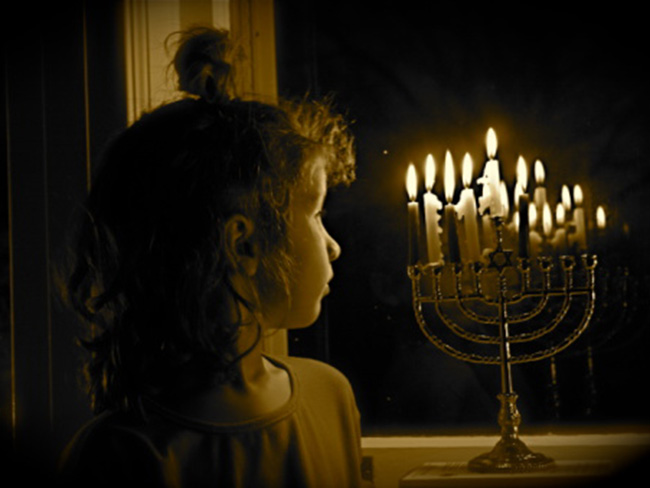
More than 2,000 years ago in Palestine, Judas Maccabee and his followers triumphed over the tyrant Antiochus and his army, despite overwhelming odds. But when they returned to Jerusalem, they found their temple desecrated with pagan idols. In order to purge the temple of its defilement, the Maccabees rebuilt the altar and cleansed the temple, rededicating it during eight days of ceremonies. Tradition holds that there was only enough sanctified olive oil to light the temple for one day, but it burned miraculously for all eight days of the celebration. Today, those of the Jewish faith celebrate this victory during an eight-day holiday that begins on the 25th of Kislev (in late November or December). Each night of Hanukkah, people light one candle on the menorah in memory of the miracle of the oil. Since antiquity, the festival has also honored the significance of olive oil to the ancient Jewish culture as fuel, food, and even medicine, and it shows in the foods of the feast. Dishes cooked in olive oil, and latkes (potato pancakes) in particular, are celebratory symbols of this gift of sustenance.
Christmas in the Philippines
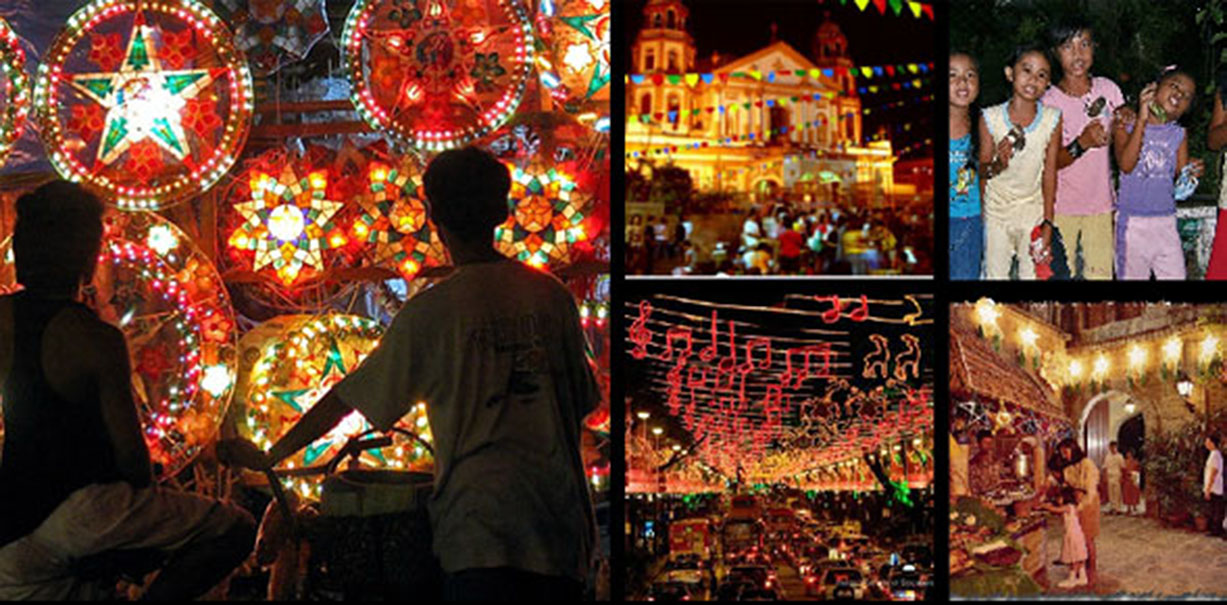
The people in the Philippines like to celebrate Christmas for as long as possible! who doesn’t? I love Christmas. The playing of Christmas carols in shops can start in September! how about that for business!
The formal Christmas celebrations start on 16th December when many people go to the first of nine pre-dawn or early morning masses. The last mass is on Christmas day. The Christmas celebrations continue to the First Sunday in January when Epiphany or the Feast of the Three Kings is celebrated.
In the Philippines, the early masses held before Christmas are called the ‘Misa de Gallo’ or ‘Simbang Gabi’ in Filipino.
Most Filipinos people are Christians with about 80% of people being Catholics. It’s the only Asian country with so many Christians. For this reason, Christmas is the most important holiday in the Philippines. December is actually one of the ‘cooler’ months of the year in the Philippines. The Philippines only has two real seasons, wet (June to October) and dry (April and May). December is one of the months in between the wet and dry seasons a great time for their celebrations.
In the Philippines, the early masses held before Christmas are called the ‘Misa de Gallo’ or ‘Simbang Gabi’ in Filipino.
The Christmas customs in the Philippines are a mixture of the Western USA and the UK and native Filipino traditions. So people in the Philippines have Santa Claus or ‘Santa Klaus’, Christmas trees, Christmas cards, and Christmas carols traditions that came from western countries.
They also have their own Christmas traditions such as the ‘parol’ which is a bamboo pole or frame with a lighted star lantern on it. It’s traditionally made from bamboo strips and colored Japanese paper or cellophane paper and represents the star that guided the Wise Men. It is the most popular Christmas decoration in the Philippines.
Philippines Christmas Parol
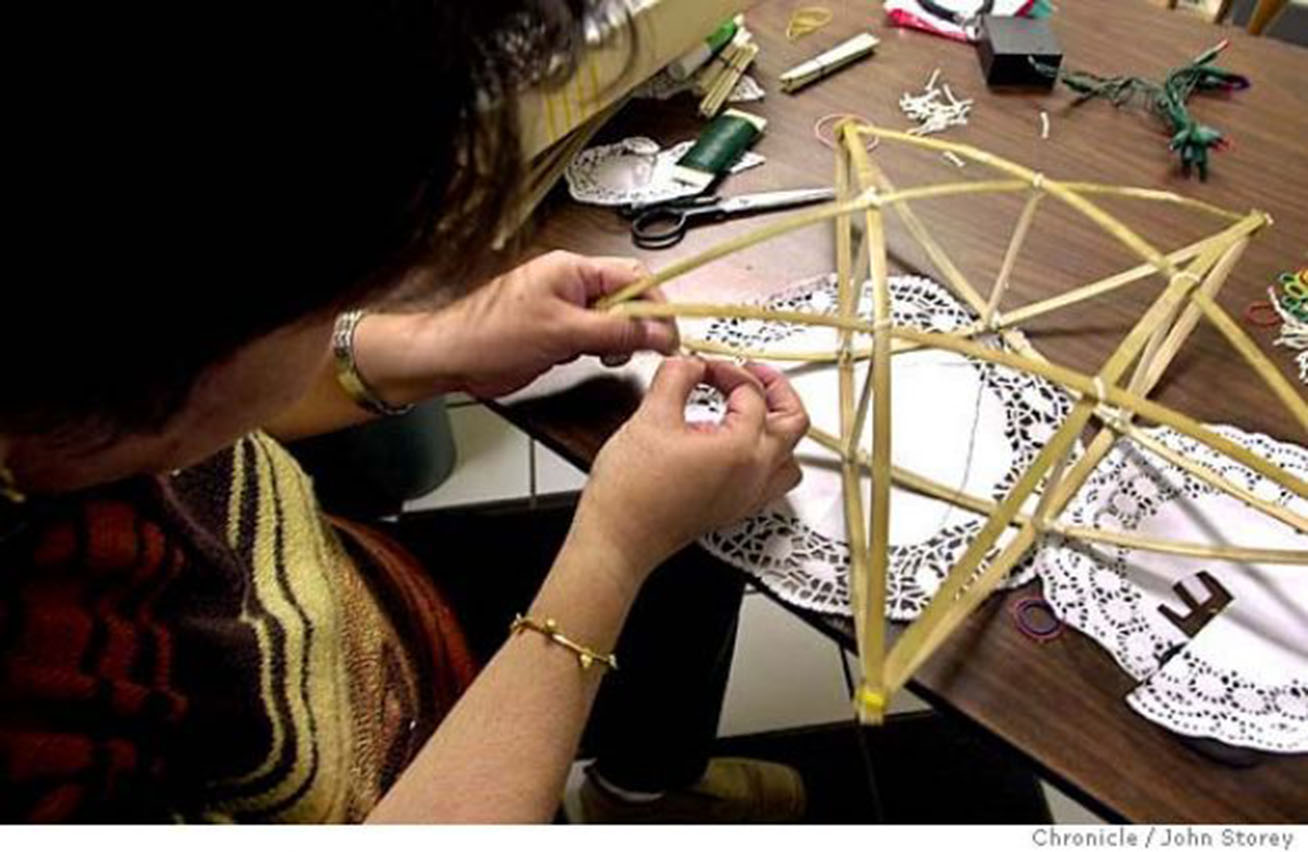
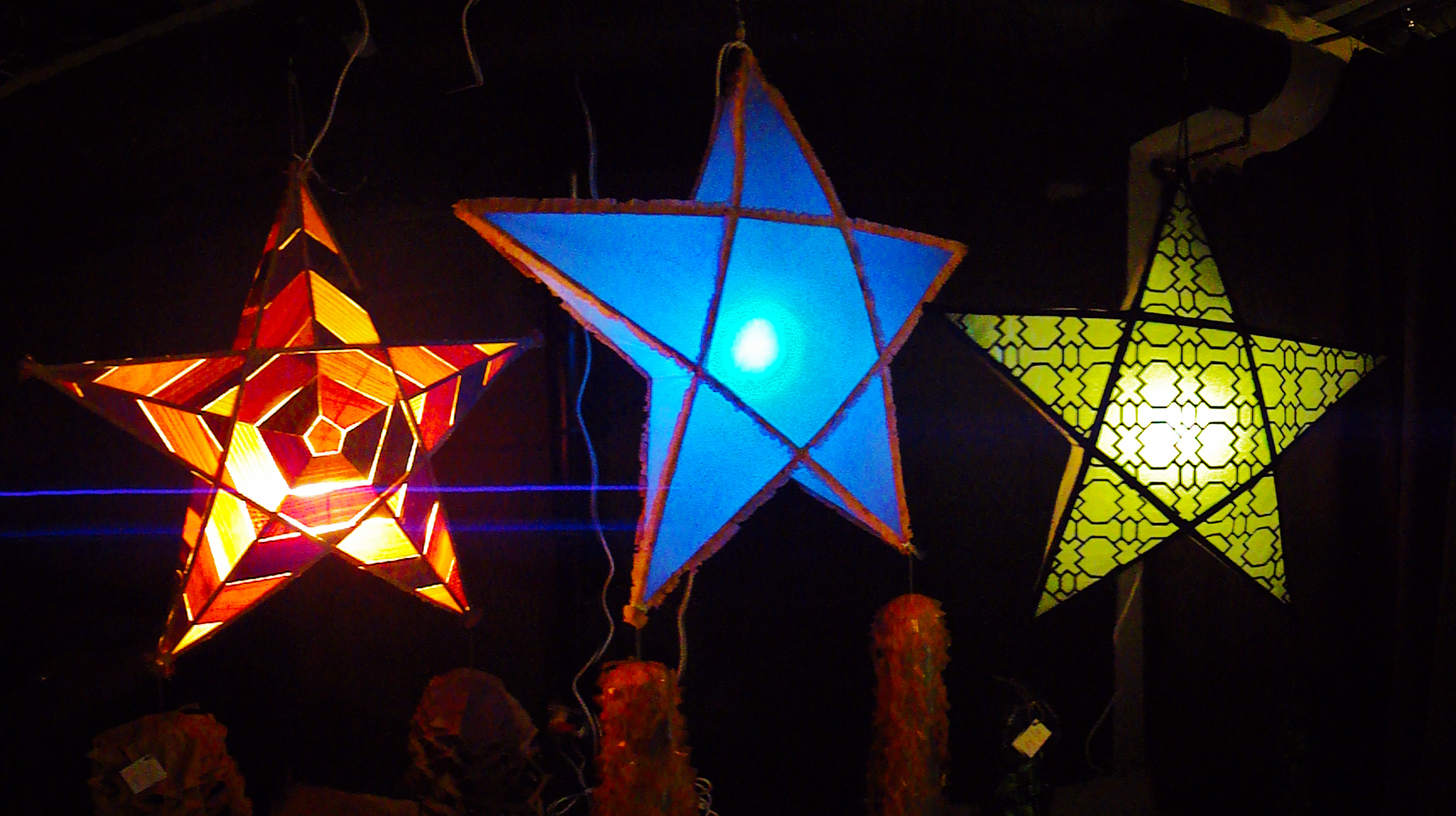
Christmas Eve is very important in the Philippines. Many people stay awake all night through to Christmas day, WOW Party! During Christmas Eve evening, Christians go to church to hear the last ‘simbang gabi’ or the Christmas Eve mass. This is followed by a midnight feast, called Noche Buena.
The Noche Buena is a big, open house, a celebration with family, friends, and neighbors dropping in to wish everyone a Merry Christmas! Most households would have several dishes laid out and would normally include: Lechon (roasted pig), ham, fruit salad, rice cakes (bibingka and puto bumbong are traditional Christmas foods) and other sweets, steamed rice, and many different types of drinks.
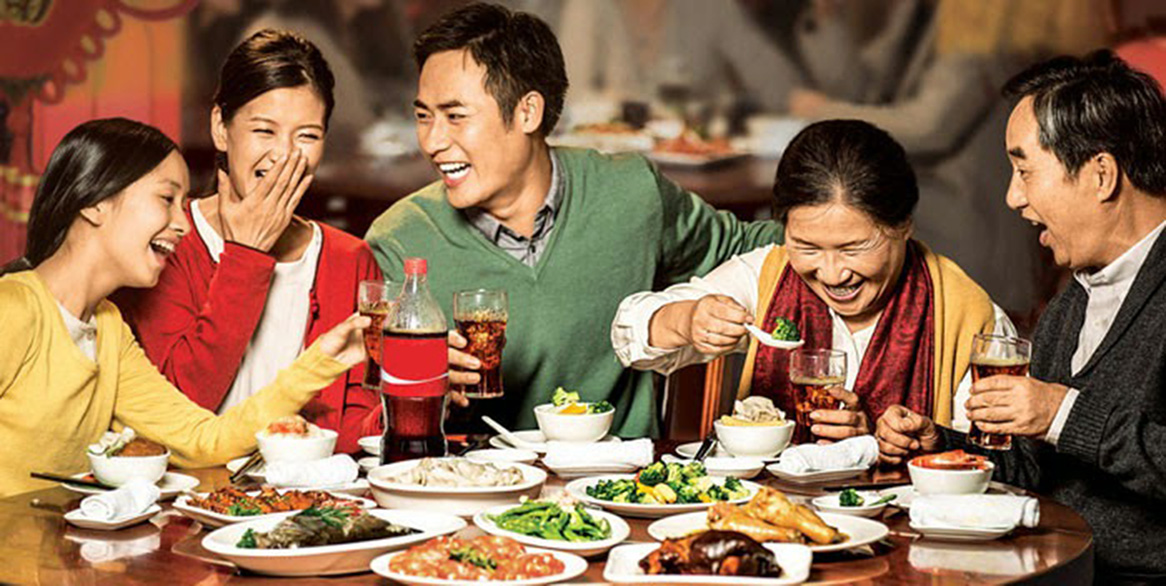
The Philippines culture has eight major languages, here’s how to say Merry Christmas in some of the languages!
- In Tagalog, Happy/Merry Christmas is ‘Maligayang Pasko’
- in Ilonggo it’s ‘Malipayon nga Pascua’;
- in Sugbuhanon or Cebuano it’s ‘Maayong Pasko’
- in Bicolano they say ‘Maugmang Pasko’
- in Pangalatok or Pangasinense they say ‘Maabig ya pasko’ or ‘Magayagan inkianac’.
African: Kwanzaa
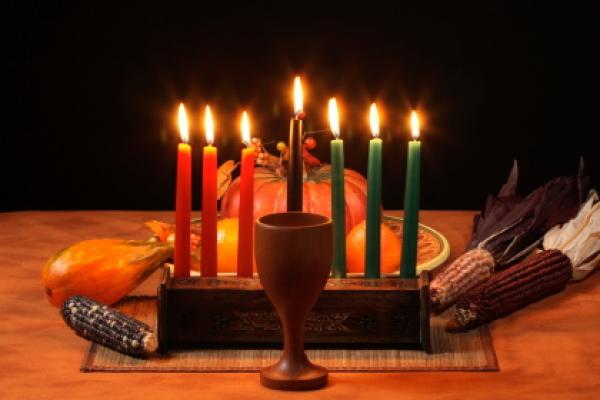
First celebrated in the United States in 1966, Kwanzaa was created for those of African descent around the world to reconnect with their common heritage. The name is derived from traditional harvest celebrations in Africa called matunda ya kwanza, literally “first fruits,” which were seven days of gathering, reverence, commemoration, recommitment, and celebration. Beginning on December 26 and lasting for seven days, modern Kwanzaa celebrations esteem one of the seven core principles of African American unity, the Nguzo Saba, on each night. Karamu, a lavish feast of traditional foods from African cultures around the world, takes place near the end of the holiday.
Different Ethnicity Santa Claus
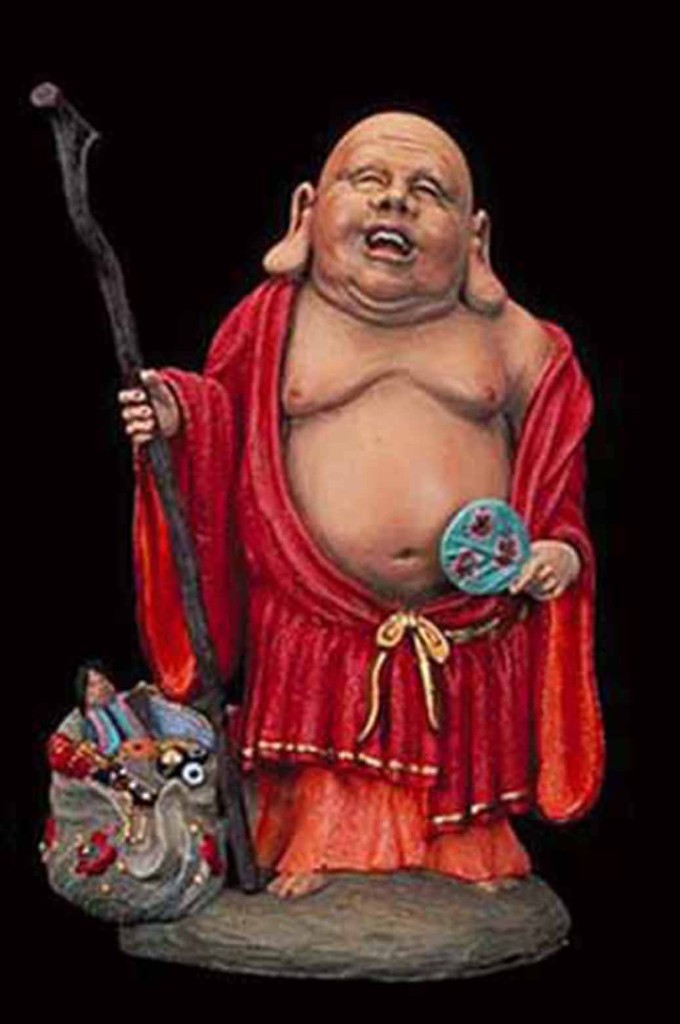
Hoteiosho, Japan
Japan’s holiday gift-giver is a fat Buddhist monk with eyes in the back of his head. Some say he travels with a red-nosed reindeer and some say he works alone, but he doesn’t arrive on Christmas in either hybrid Christian-Buddhist tale. Christmas in Japan is spent with family doing charity work. But on New Year’s Eve, the real action begins: the house is cleaned and decorated, then family members throw beans for good luck and await their gifts from the benevolent monk.
Native American – Hopi
(Soyal, Soyala, Sol-ya-lang-eu)

From http://www.brownielocks.com/nativeamerican.html
The date of this observation is on December 22. It is celebrated by the Hopi Indians. Although a black Plumed Snake is the basic symbol of this ceremony. But it is not based on snake worship. (Just like their Snake Dance Ceremony isn’t either.) It is a ceremony related to the sun as it relates to the winter solstice. It is one of the Hopi’s most sacred ceremonies and is also called the “Prayer-Offering Ceremony” because it is a time for saying prayers for the New Year and for wishing each other prosperity and health.
CHRISTMAS FACTS
1 Each year, 30-35 million real Christmas trees are sold in the United States alone. There are 21,000 Christmas tree growers in the United States, and trees usually grow for about 15 years before they are sold.
2 Today, in the Greek and Russian Orthodox churches, Christmas is celebrated 13 days after the 25th, which is also referred to as the Epiphany or Three Kings Day. This is the day it is believed that the three wise men finally found Jesus in the manger.
3 In the Middle Ages, Christmas celebrations were rowdy and raucous—a lot like today’s Mardi Gras parties.
4 From 1659 to 1681, the celebration of Christmas was outlawed in Boston, and law-breakers were fined five shillings.
5 Christmas was declared a federal holiday in the United States on June 26, 1870.
6 The first eggnog made in the United States was consumed in Captain John Smith’s 1607 Jamestown settlement.
7 Poinsettia plants are named after Joel R. Poinsett, an American minister to Mexico, who brought the red-and-green plant from Mexico to America in 1828.
8 The Salvation Army has been sending Santa Claus-clad donation collectors into the streets since the 1890s.
9 Rudolph, “the most famous reindeer of all,” was the product of Robert L. May’s imagination in 1939. The copywriter wrote a poem about the reindeer to help lure customers into the Montgomery Ward department store. 10 Construction workers started the Rockefeller Center
Christmas tree tradition in 1931.
Here we are sharing some of the sites we support are great ideas for gifts that can make a global and personal difference.
Stand for Hope
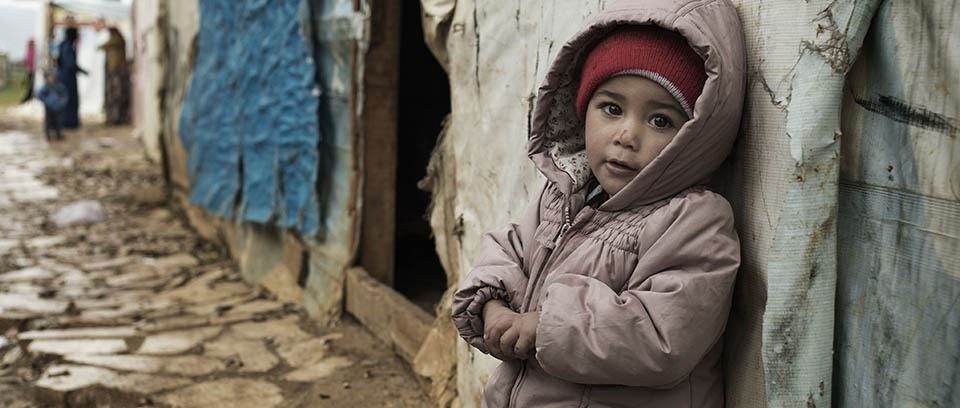
Click the link below to go to the site
https://inspiredgifts.unicefusa.org/?utm_campaign=2016_eoy&utm_medium=cpc&utm_source=20161122_cpc&utm_content=Inspired_Gift&ms=cpc_dig_2016_eoy_20161122_cpc_Inspired_Gift&initialms=cpc_dig_2016_eoy_20161122_cpc_Inspired_Gift

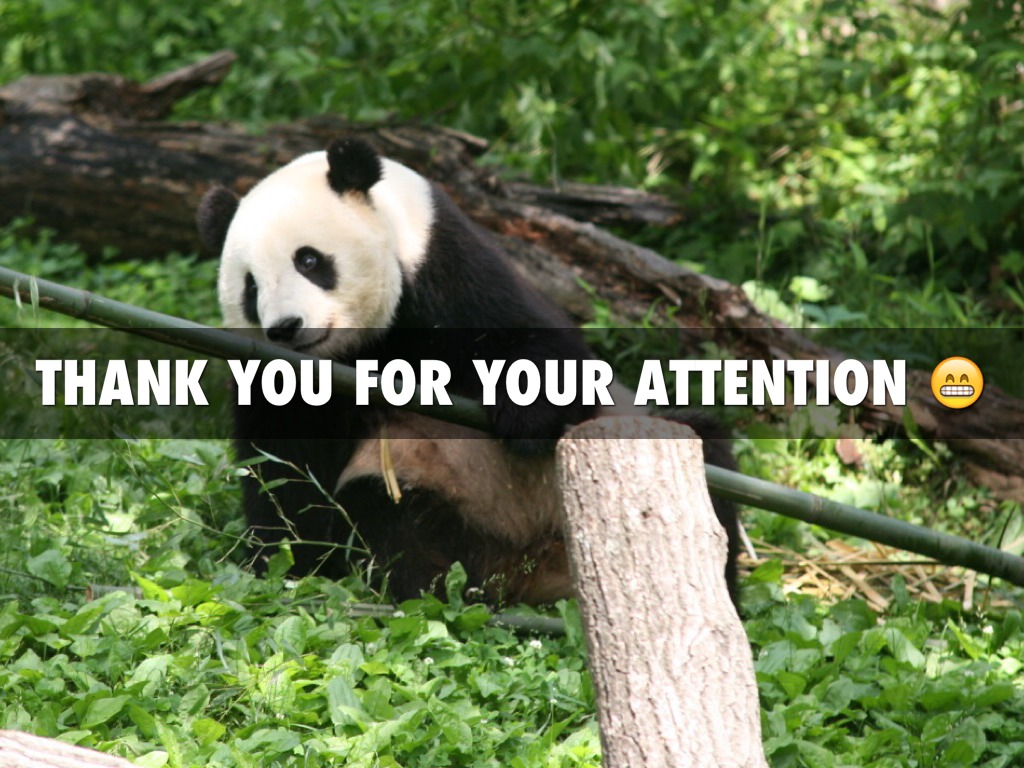
Click the link below to make a difference
https://gifts.worldwildlife.org/gift-center/gifts/Species-Adoptions.aspx?sc=AWY1200WCGA1&gclid=Cj0KEQiAsrnCBRCTs7nqwrm6pcYBEiQAcQSznIoL9LOHD-Y1byTImveSYgskIqfdwZRcWty5Amy76lMaAjcT8P8HAQ
Holiday Recipes
Lentil and Mushroom Shepherd’s Pie
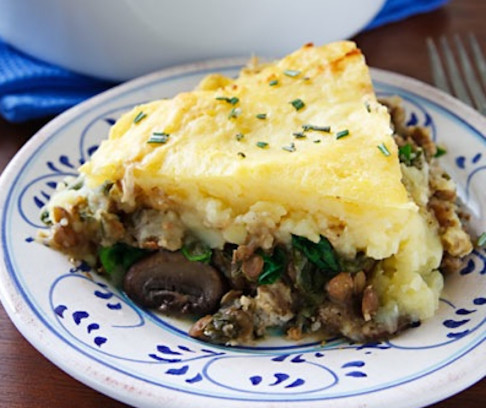
Ingredients
- 8 large or 10 medium potatoes (Yukon gold works well)
- 2 tablespoons Earth Balance or other vegan buttery spread
- 1/2 cup unsweetened rice milk or other nondairy milk
- Salt to taste
- 2 tablespoons olive oil
- 1 large onion, finely chopped
- 2 cloves garlic, minced
- 6 ounces cremini or baby Bella mushrooms, sliced
- Two 15-ounce cans lentils lightly drained
- 2 tablespoons dry red wine, optional
- 1 to 2 tablespoon reduced-sodium soy sauce or Bragg’s liquid aminos
- 2 to 3 teaspoons all-purpose seasoning blend (such as Spike or Mrs. Dash)
- 1/2 teaspoon dried thyme
- 3 tablespoons cornstarch or arrowroot
- 8 to 10 ounces baby spinach or arugula leaves
- Freshly ground pepper to taste
- 1 cup fresh bread crumbs
Directions
Peel and dice the potatoes. Place in a large saucepan with enough water to cover. Bring to a simmer, then cover and simmer until tender, about 20 minutes. Drain and transfer to a small mixing bowl.
Stir the Earth Balance into the potatoes until melted, then add the rice milk and mash until fluffy. Season with salt, cover, and set aside until needed.
Preheat the oven to 400º F.
While the potatoes are cooking, heat the oil in a medium skillet. Add the onion and sauté over medium heat until translucent. Add the garlic and mushrooms and continue to sauté until the onion is golden.
Add the lentils and their liquid and bring to a gentle simmer. Stir in the optional wine, soy sauce, seasoning blend, thyme, and pepper. Cook gently for 5 minutes. Combine the cornstarch with just enough water to dissolve in a small container. Stir into the lentil mixture.
Add the spinach, a little at a time, cooking just until it’s all wilted down. Remove from the heat; taste to adjust seasonings to your liking.
Lightly oil a 2-quart (preferably round) casserole dish, or two deep-dish pie plates. Scatter the breadcrumbs evenly over the bottom. Pour in the lentil mixture then spread the potatoes evenly over the top. If using two pie plates, divide each mixture evenly between them.
Bake for 30 to 35 minutes, or until the potatoes begin to turn golden and slightly crusty. Let stand for 5 to 10 minutes, then cut into wedges to serve.
8 or more servings
Read more at http://www.vegkitchen.com/recipes/lentil-and-mushroom-shepherd%e2%80%99s-pie/#KfpLlFEREyltxKZj.99
Organic farmer, Beverley Thurber shares her snappy-tasting ginger cookies.
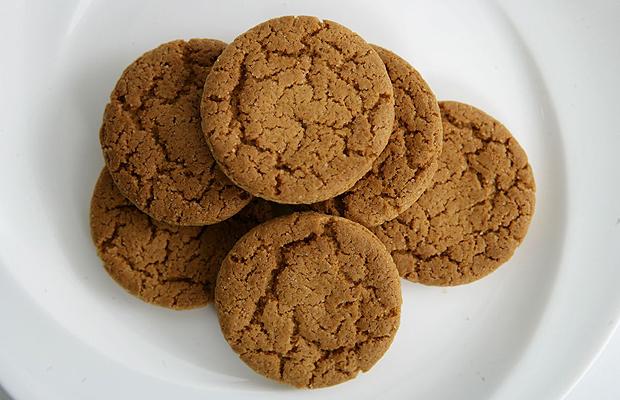
Ingredients
- 4 1⁄2 cups flour
- 4 teaspoons ground ginger
- 2 teaspoons baking soda
- 1 1⁄2 teaspoons ground cinnamon
- 1 teaspoon ground cloves
- 1⁄4 teaspoon salt
- 1 1⁄2 cups shortening, at room temperature
- 2 cups sugar or the sweetener of your choice
- 2 Organic Valley Large Brown Eggs
- 1⁄2 cup molasses
- large, decorative sugar crystals or additional regular sugar
Directions
1. Heat oven to 350 degrees. Line two heavy baking sheets with parchment paper.
2. Use a whisk to combine flour, ginger, baking soda, cinnamon, cloves and salt in a medium bowl.
3. Place shortening in a large bowl. Cream the shortening with electric beaters at medium speed for 1-2 minutes. Continue beating as you slowly and gradually add the sugar, scraping down the sides of the bowl occasionally. After all the sugar is added, keep beating for other minutes or two.
4. Add eggs and molasses; beat well.
5. Reduce speed to low and beat in the flour mixture until just combined. Use a spatula to stir and “smooth out” the cookie dough.
6. Use a 2-inch-wide ice-cream scoop to make scoops of dough. You can scoop them directly onto the baking pans or roll the scoops into smooth balls first. Place them two inches apart on the baking pans. Sprinkle each mound with sugar crystals or regular sugar.
7. Bake until lightly brown and puffed, about 15-17 minutes.
8. Cool cookies in the pan on wire racks.
http://www.organicvalley.coop/recipes/show/ginger-molasses-cookies/
GLAZED VEGAN POPPY SEED GRAPEFRUIT CAKE
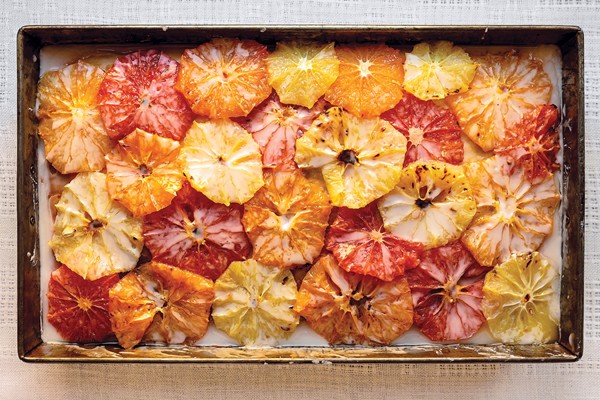
Ingredients
1 tablespoon apple cider vinegar
1 cup of soy milk
1 cup vegan margarine
2 cups f organic sugar or a sweetener of your choice
3 egg replacer for 3 eggs
3 cups whole wheat flour
1/2 teaspoon baking soda
1/2 teaspoon salt
1 1/2 tablespoons grapefruit zest
2 tablespoons poppy seeds
1/4 cup fresh grapefruit juice
1 1/2 cups of organic confectioner’s sugar if you choose to
Directions
Preheat oven to 325 degrees. Oil a 10-inch bundt pan.
Add apple cider vinegar to soy milk. Set aside.
In a large bowl, beat the margarine and sugar or sweetener of your choice until fluffy. Beat in egg replacer.
In another bowl, combine the flour, baking soda, and salt. Gradually add the flour mixture to the margarine mixture, alternating with the soy milk mixture. Stir until smooth. Fold in the grapefruit zest, poppy seeds, and grapefruit juice. Do not over mix.
Pour the batter into the prepared pan. Bake 60 to 70 minutes, or until a toothpick inserted into the cake comes out clean.
Cool cake in pan 10 minutes then (carefully!) remove to a wire rack and cool completely.
Combine confectioner’s sugar and grapefruit juice and mix until smooth. When cake has completely cooled, drizzle with glaze.
Egg Nog Puffed Crepes
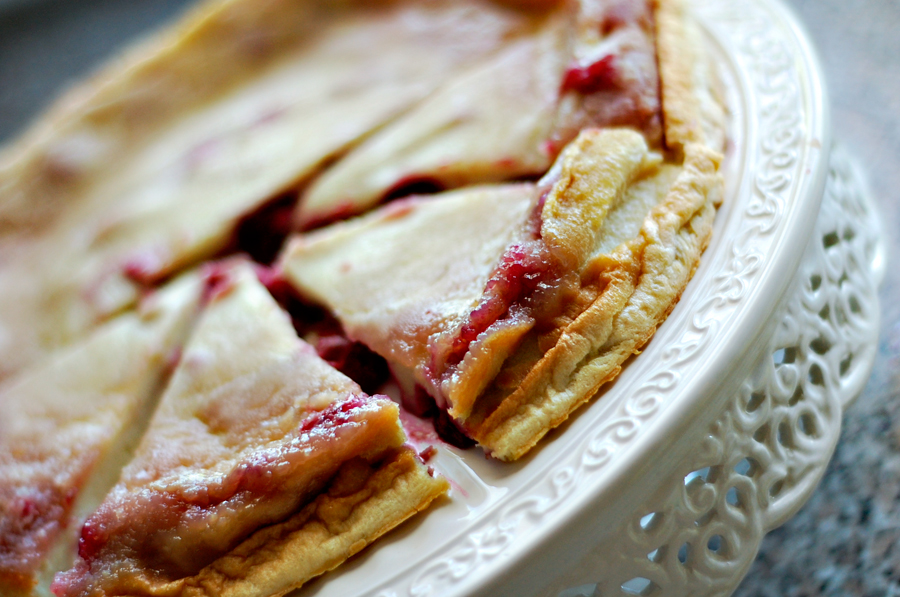
Kissed with nutmeg and cream, these delicious German Pancakes are delightfully easy to prepare.
Serves 6.
1/2 stick butter
6 eggs
1 cup flour
1 cup eggnog
1/2 teaspoons salt
1/2 cup pure maple syrup
1/2 teaspoon ground nutmeg
1/2 cup fresh raspberries or berry jam
Preheat oven to 350 degrees. Place butter in a 9×13 baking dish and put the dish in the preheating oven.
In a blender, combine eggs, flour, eggnog, and salt. Blend for 2-3 minutes, until light and frothy. Open the oven door, quickly remove the pan with butter (so long as the butter is completely melted and starting to sizzle). Pour egg batter into
Great Gift Ideas

 Our convenient and affordable Capresso Electric Water Kettle boils water extremely quickly for tea, coffee, hot chocolate or instant soup. Made of durable, heat-resistant German SCHOTT glass, this fast boiling kettle has a large capacity and an automatic shutoff feature. It’s perfect for home as well as on trips to anywhere with an outlet.
Our convenient and affordable Capresso Electric Water Kettle boils water extremely quickly for tea, coffee, hot chocolate or instant soup. Made of durable, heat-resistant German SCHOTT glass, this fast boiling kettle has a large capacity and an automatic shutoff feature. It’s perfect for home as well as on trips to anywhere with an outlet.
